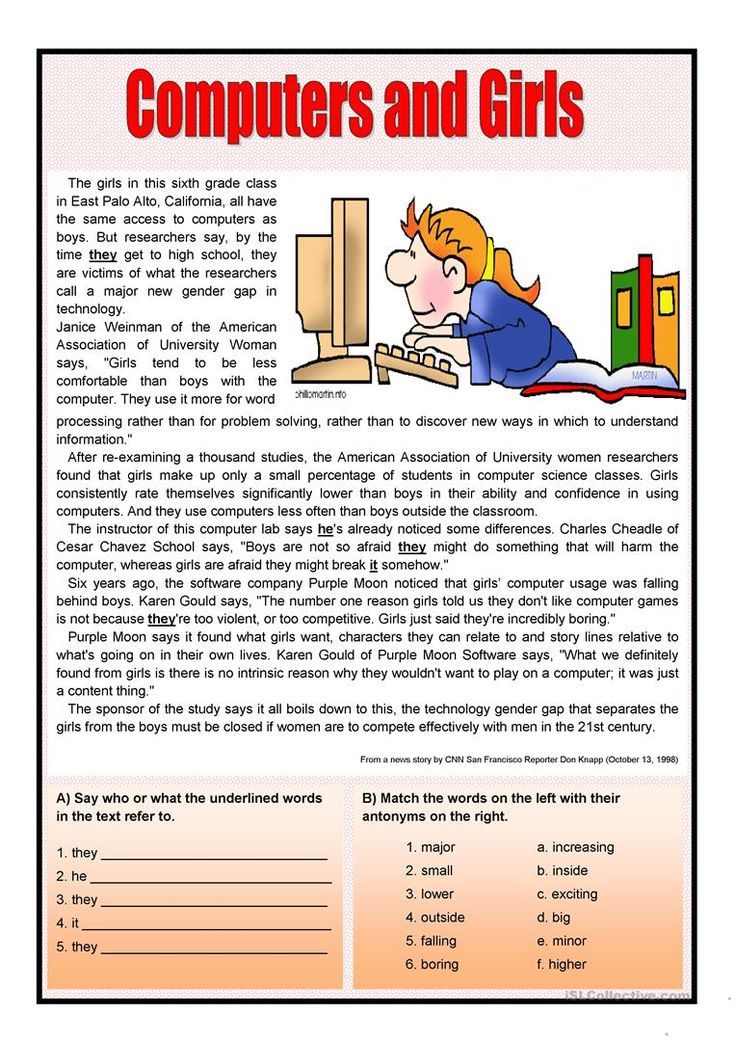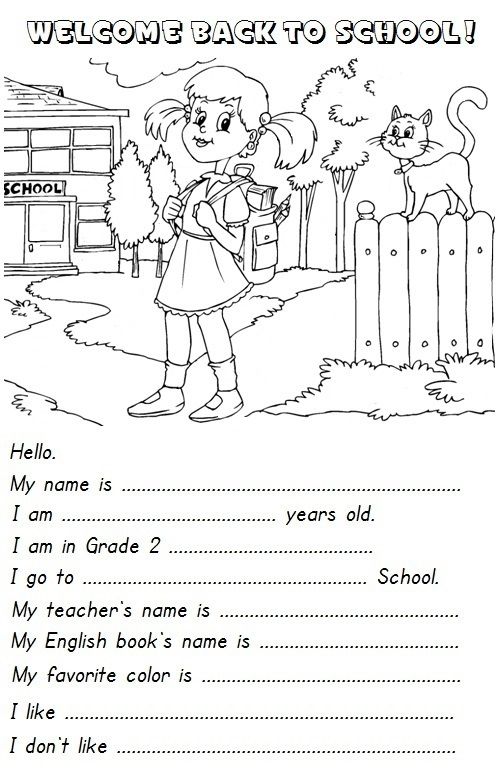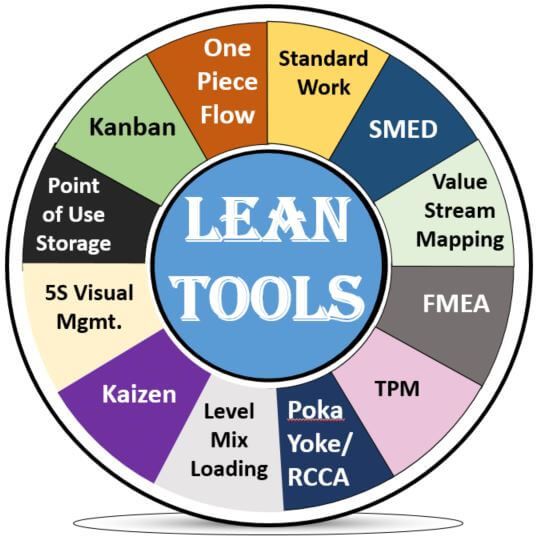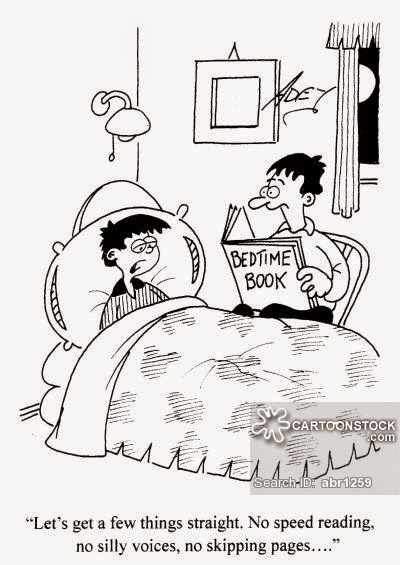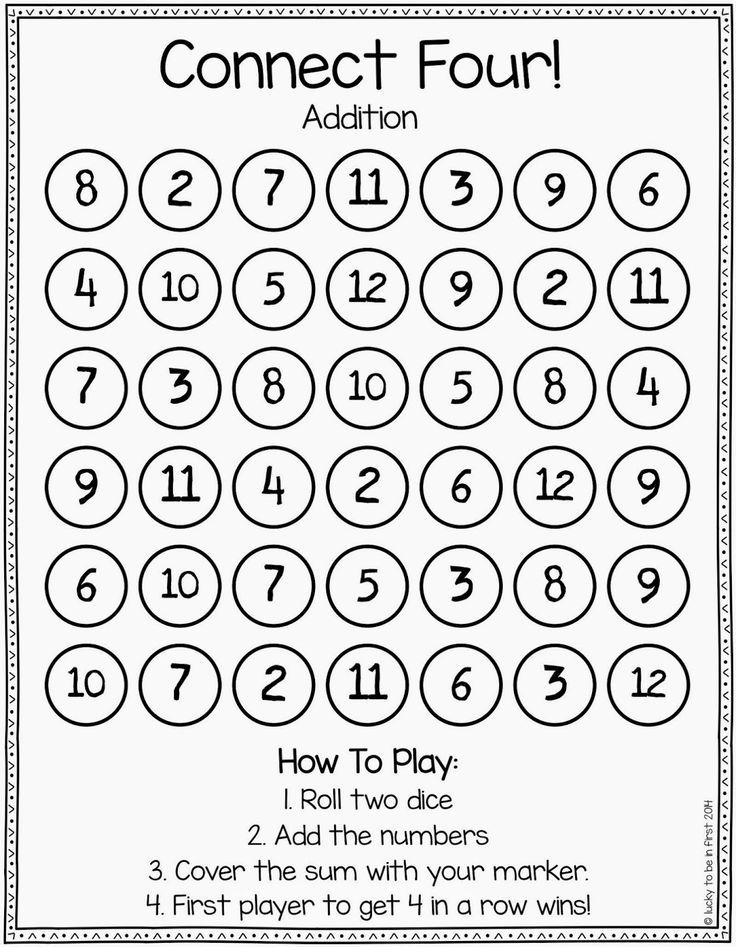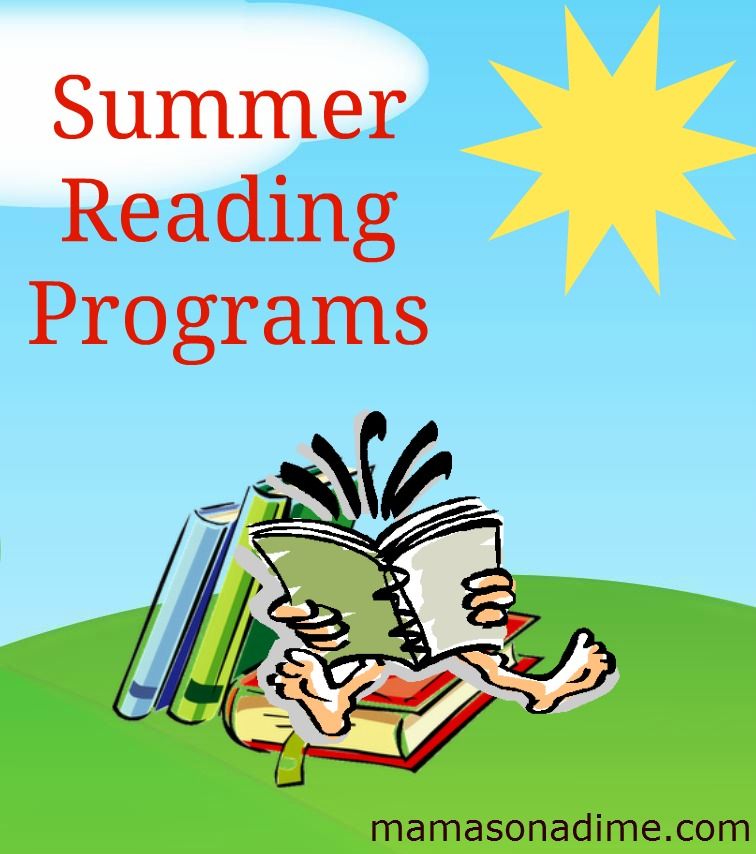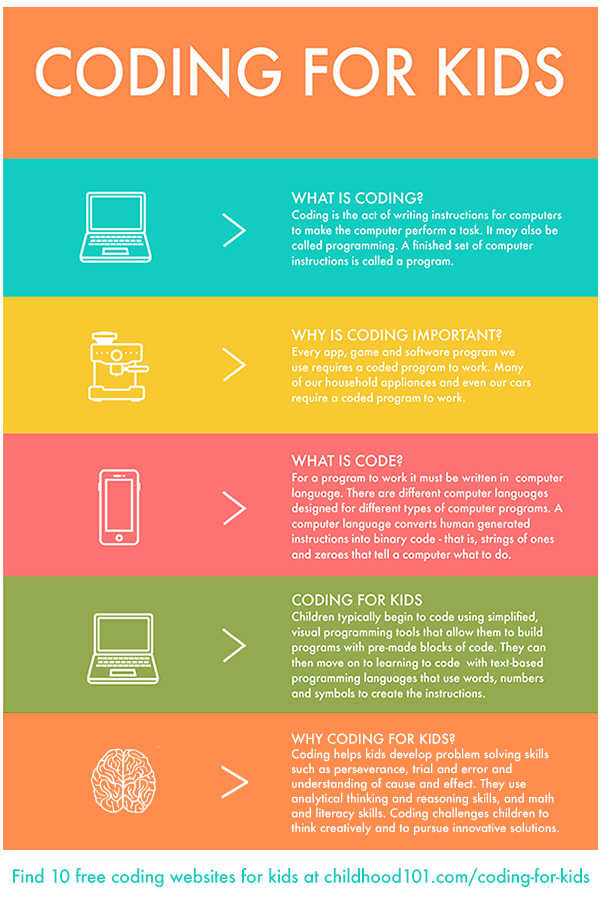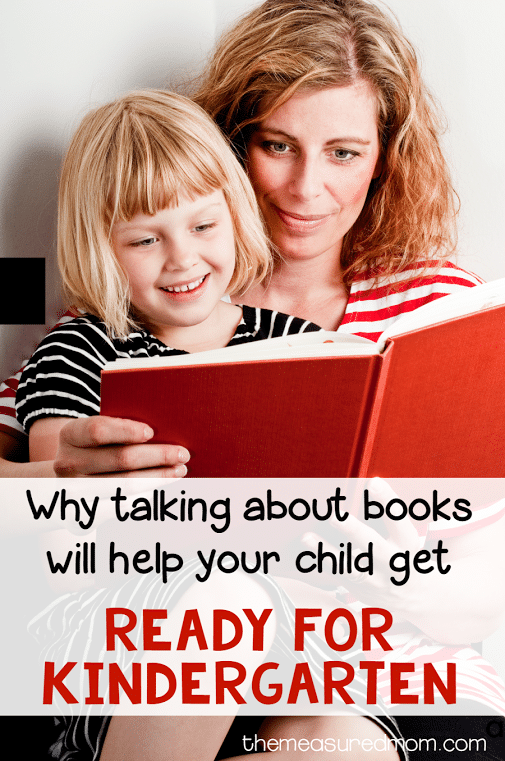Reading techniques for kids
13 Powerful Reading Strategies for Young Readers
Written by: Angie Olson
- Share
- Tweet
What’s better on a cold day than curling up with a good book? Not much. Unfortunately, not everyone can simply dig into a book, as learning to read doesn’t come easily to every child. There are many processes working simultaneously to create the miracle known as reading. Literacy experts agree on several powerful strategies that will strengthen the reading process for your lucky little learners.
1. Reread
Students must often revisit text to clarify understanding. When a student neglects to reread, comprehension can suffer. Using passages (either printable or digital), like the one seen below, can help students practice this skill. Model rereading with your students. Our youngest readers may not know that it’s OK to reread!
2. Activate Prior Knowledge
Before reading, the student should look at the title and ask himself what he already knows about the topic. Prior knowledge can significantly improve understanding. Ask your lucky little learners what they already know about a topic. Using KWL charts (what I know, what I want to know, and what I learned) to collect knowledge before, during, and after reading is a great way to activate background knowledge. This skill can also be demonstrated during whole group read alouds too.
3. Use Context Clues
Context clues help the reader to differentiate between similar words in a passage. Using the words around the unknown word, your students are able to determine what makes sense. Try using Digital Reading Passages to help your primary readers decipher word meaning using context clues and other vocabulary strategies.
Download Digital Context Clues Toothy HERE
4. Infer Meaning
Making an inference requires higher order thinking skills. Inferencing is a necessary part of reading throughout school and is also an important skill in life in general. Tell your students that inferencing is like making a guess based on facts and evidence.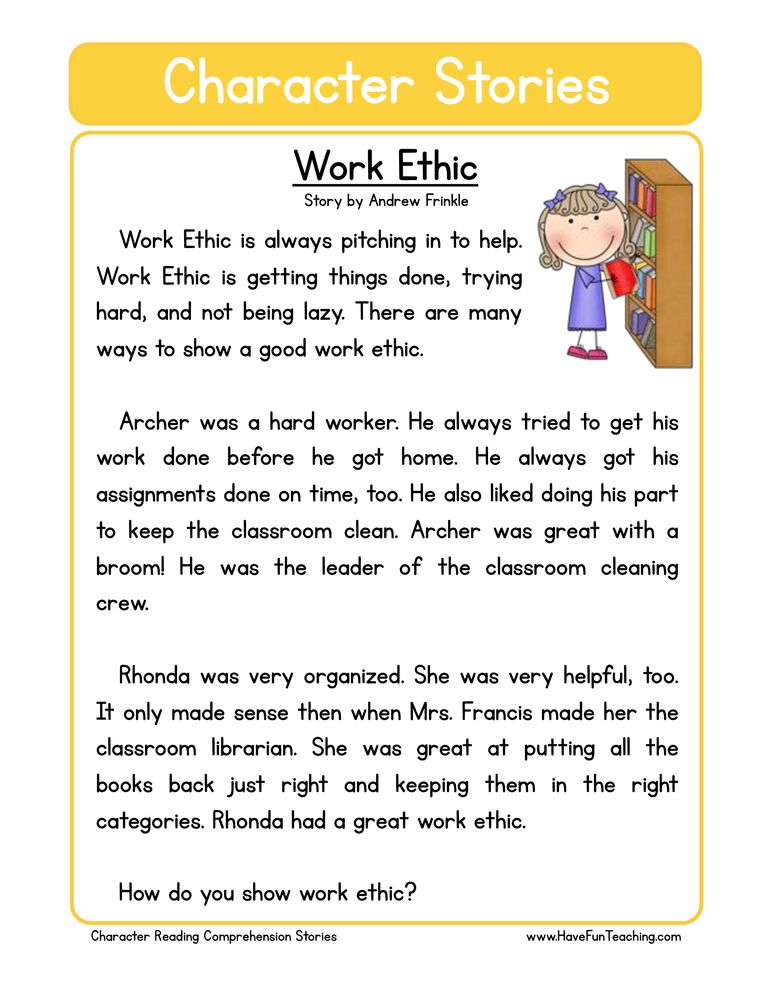
5. Think Aloud
The think aloud strategy is usually modeled by the teacher, so that students can see the meta-cognitive process. Your students can imitate this think-aloud process in order to be more transparent with their meta-cognition. This means they are actually thinking (and speaking) about their own thinking and reading processes.
6. Summarize the Story
The point of reading is, after all, comprehension, so it’s so important for your lucky little learners to be able to effectively retell what he or she has read. Knowing the main idea and details is essential in retelling. This can be practiced using the Digital Reading Passages. Students will read the passage on the screen and then have two choices to pick the summary of the paragraph.
Download Digital Summarizing Toothy HERE
7. Locate Key Words
Finding key words is helpful when summarizing a passage. When answering questions about a selection, locating key words helps the reader use important information quickly.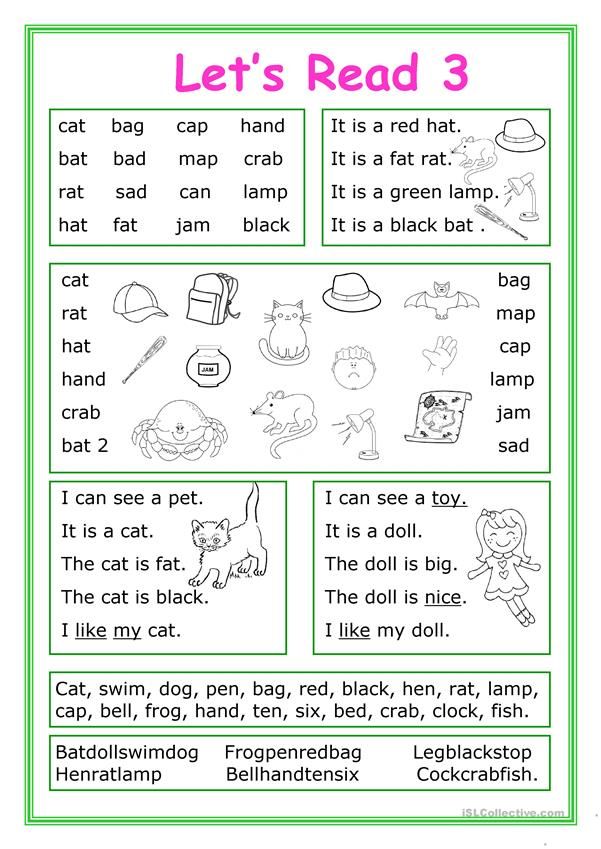 This is a concept that needs to be taught and modeled. The teacher will need to demonstrate and explain how to scan a passage to locate key words.
This is a concept that needs to be taught and modeled. The teacher will need to demonstrate and explain how to scan a passage to locate key words.
8. Make Predictions
Regardless of the media we’re consuming (video, audio, print), we are constantly making predictions. This is the same for even our young readers and viewers. This building block of meta-cognition is essential in achieving deep understanding of text. Have your students make predictions as they read passages from our Digital Reading Passages.
Download Digital Toothy HERE
9. Use Word Attack Strategies
Strong decoding skills enable fluent reading and strong comprehension. Chunking, rereading, and connecting letters to sounds are effective strategies for decoding words. The sentence scrambles bundle is one of my favorite ways to help students with sight words, decoding, and fluency!
10. Visualize
Good readers picture what they’re reading. Sometimes called a ‘mind movie’, this strategy of visualizing can help the reader in connecting to and comprehending text.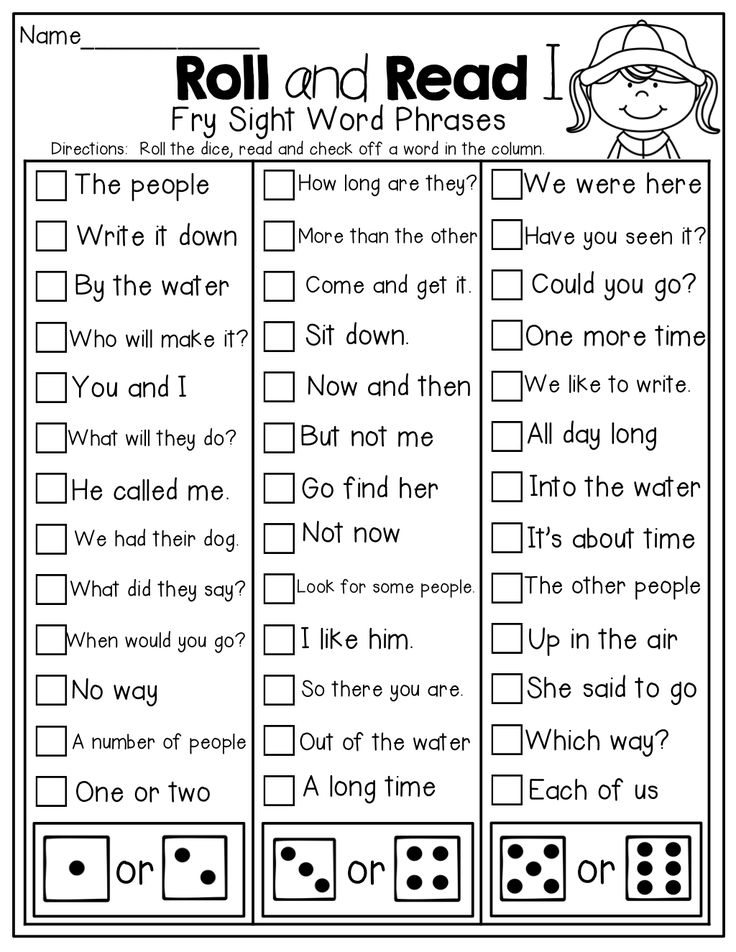 I love helping my lucky little learners visualize by drawing pictures of what they are reading (or what I read aloud).
I love helping my lucky little learners visualize by drawing pictures of what they are reading (or what I read aloud).
11. Use Graphic Organizers
Helping the reader arrange information is a powerful component of comprehension. Graphic organizers can be used for determining cause and effect, character traits, problem and solution, and more. The nice thing about a graphic organizer is that they are easy for students to draw because they are typically basic shapes like squares and circles with a heading on top. Graphic organizers are great for putting into reading notebooks.
12. Ask Questions
Like inferencing, we are always asking questions – when reading, watching, or listening. Developing good questions is a foundational piece of meta-cognition in readers. Encourage your littlest readers to write down questions on sticky notes or in their reading notebooks. These questions can be revisited at the guided reading table or during independent reading time when the teachers is available.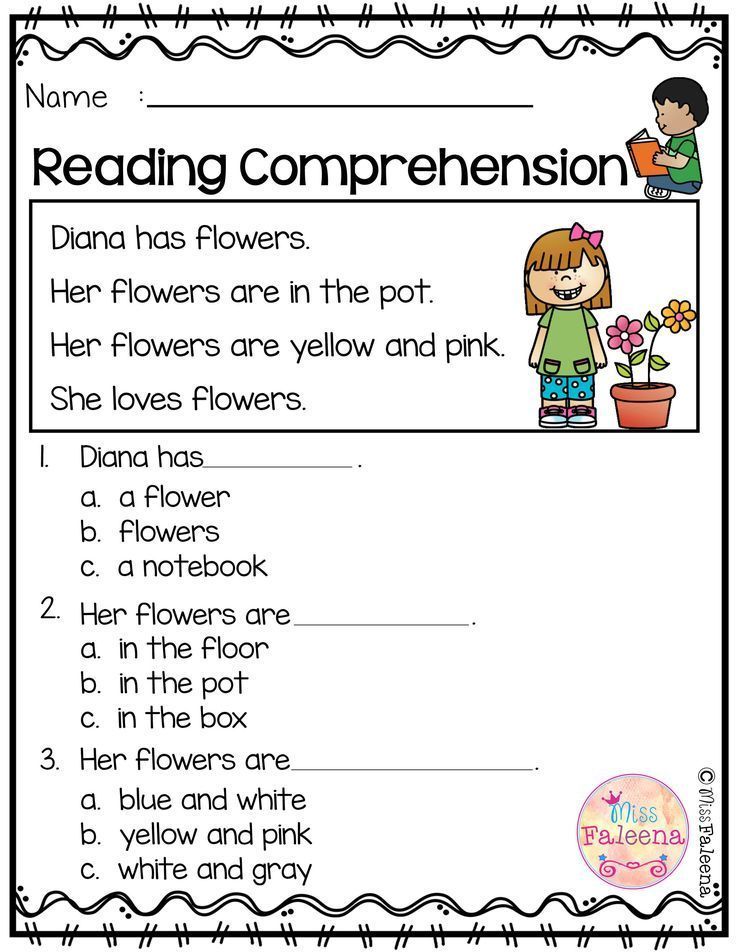
13. Monitor and Repair Understanding While Reading
The essence of meta-cognition is realizing when you’ve lost meaning as a reader. This critical step in the reading process is what ultimately separates competent readers from word-callers. This is so important to practice in reading centers (small groups) or as a whole class. Your learners need help monitoring their own understanding before they do it on their own!
Becoming a proficient, engaged reader is a long process, and doesn’t happen by accident. Early, consistent exposure to books helps create a love of reading in children. By combining these strategies, the child who loves listening to stories can become competent and confident in reading independently! Help your lucky little learners by teaching these 13 reading strategies and using these ready-to-go reading products!
- Share
- Tweet
11 Reading Strategies To Improve Your Child’s Reading Level
Children learn to walk and talk naturally, but that’s not the case with reading.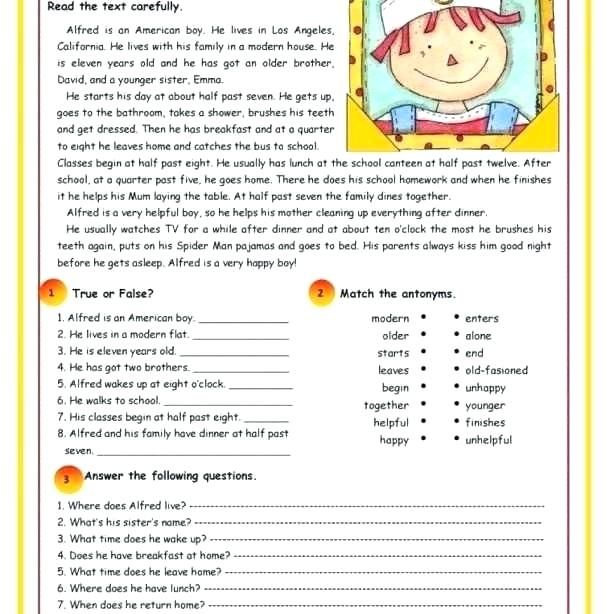 Reading strategies are designed to help your child develop a strong reading foundation — one built with confidence, engagement, and joy!
Reading strategies are designed to help your child develop a strong reading foundation — one built with confidence, engagement, and joy!
As a parent, you are most likely always looking for techniques that make your child want to learn. We’re here to help you and your child on their journey as a budding reader.
Try the 11 reading-strategy suggestions below for kids who are beginning to read all the way to those reading advanced chapter books! We’ve made it easy for you to see what skill each strategy focuses on so you can help your child in a way that’s right for their reading level.
But before we get to these ideas, let’s discuss what reading strategies are and how to effectively teach them to your young reader.
What Are Reading Strategies?
Reading strategies are activities that help your child understand what they’re reading, build vocabulary, and improve their reading skills.
Think of each reading strategy as a tool your child can pull out to help them read.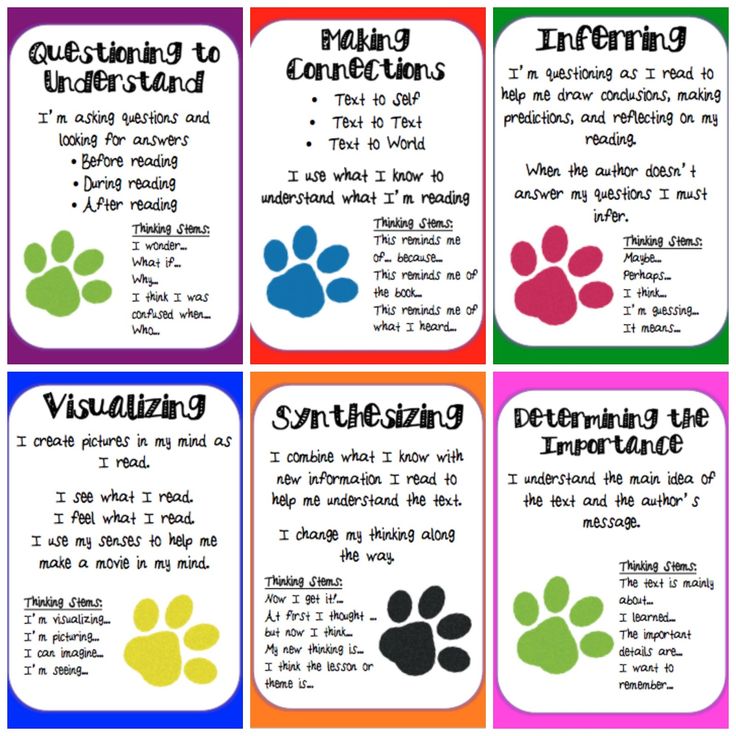 For example, if they get stuck on a word, they can think of all the decoding strategies they’ve learned and pick one to try.
For example, if they get stuck on a word, they can think of all the decoding strategies they’ve learned and pick one to try.
If that one doesn’t work and they’re still stuck, they can try another one. By experimenting with different strategies, your child learns to figure out the words in front of them and continues developing their reading skills.
Since each reading strategy won’t work in every situation, your child must have a variety of methods in their reading toolbox. As they gain experience, they’ll better know which one to use when.
Additionally, knowing the words in a book is not the only reading skill. Children need to develop comprehension skills as well as the ability to get “lost” in a book. Reading strategies that promote this engagement are very valuable.
Why Reading Strategies Are Important
When your child uses reading strategies, they are actively engaged in the reading process. This helps them understand the text better and makes reading more enjoyable.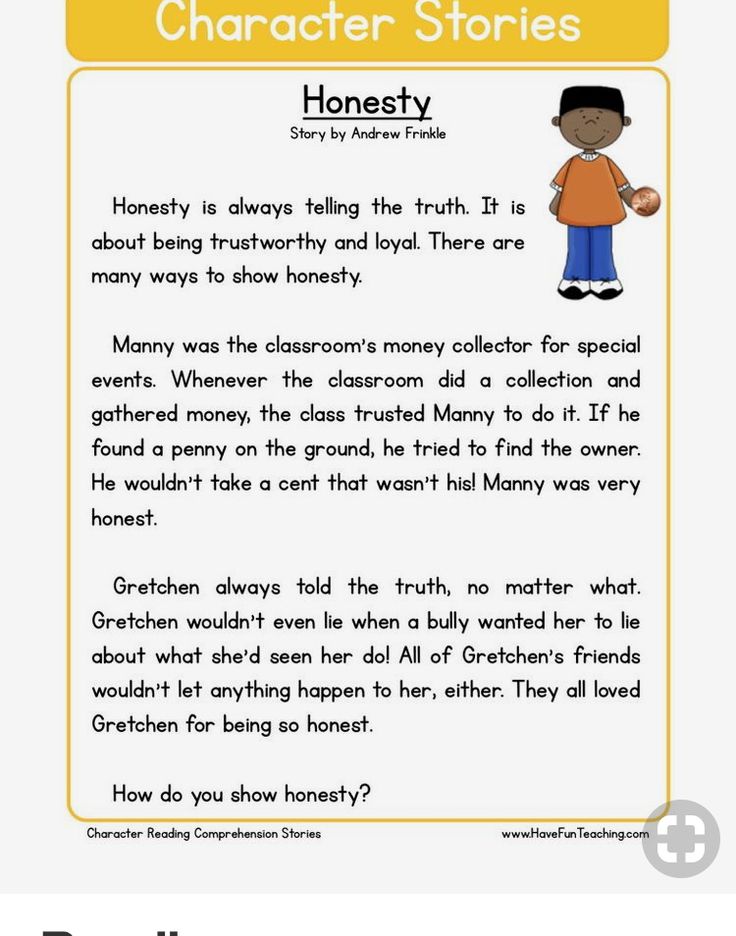
Additionally, as we mentioned above, reading strategies help your child build their vocabulary, which is essential for reading comprehension. If they don’t understand what the words are, they can’t make sense of what they’re reading.
How To Help Your Child Become A Better Reader
Now that we’ve talked about the benefits of reading strategies, let’s take a look at how to teach them to your child.
First things first, teaching reading strategies at home doesn’t need to be complicated. You can use everyday activities to help your child practice their reading skills.
One of the best ways to teach reading strategies is to model them. This means showing your child how to use the strategy while sharing a story. For instance, if you’re showing how illustrations in a book can help you understand the text, point to the pictures as you read.
Say, “Pictures can give us more information about the story and what’s happening. I’ll look closely at this illustration to see if it helps me figure out what’s going on.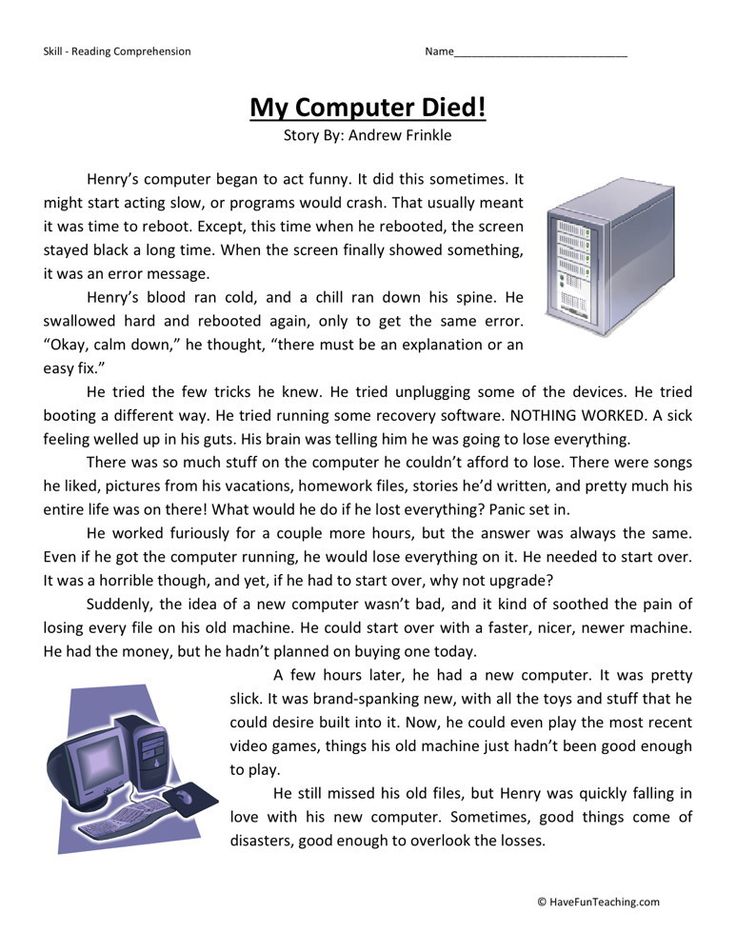 ” Then, ask your child to do the same and discuss the image together.
” Then, ask your child to do the same and discuss the image together.
Think aloud as you read, telling your child what you’re doing and why it’s helpful. This gives your child insight into your thinking process and helps them learn to use the strategy independently.
You might say, “I don’t know this word, so I’ll try to break it into syllables and then put them together to help me remember what each part says.”
In addition to modeling, remind your child of other strategies they can use. For example, if you see that they’re struggling to sound out a longer word, encourage them to look for smaller words inside of it.
Helping your child strategize enables them to become more confident in their reading.
11 Fun And Helpful Reading Strategies
Use these reading strategies to help your child practice important literacy skills and become a more confident reader.
1) Reread Familiar Texts
You may feel pressured to always offer your child new and different stories.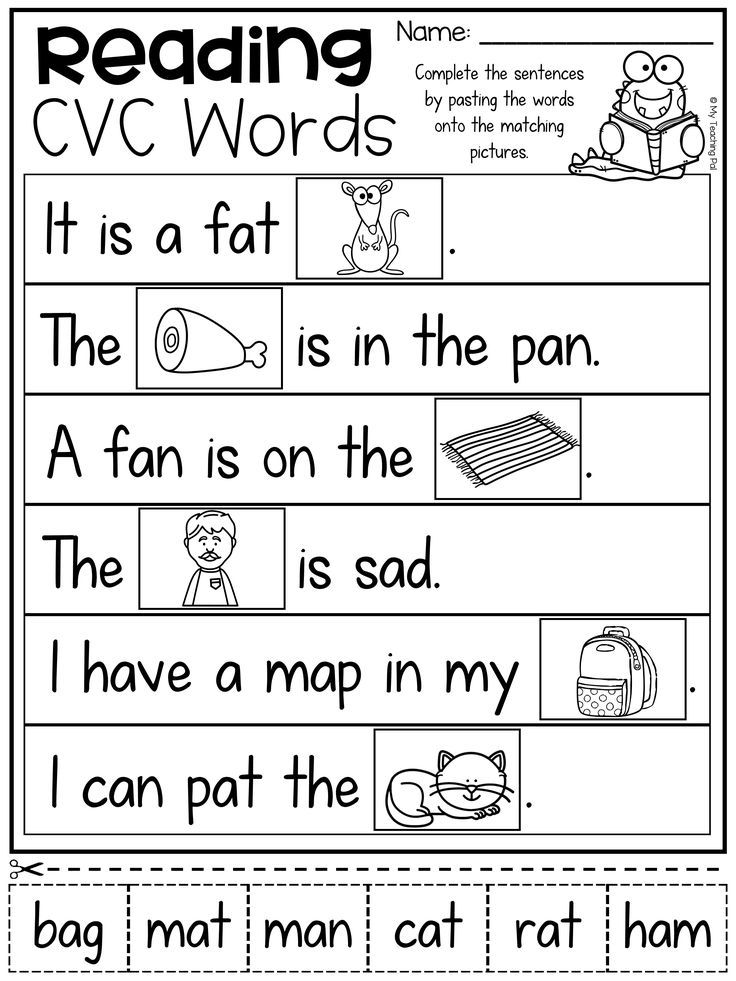 While that is great, it can also be just as helpful for your child to read the same book more than once.
While that is great, it can also be just as helpful for your child to read the same book more than once.
Rereading helps your child in two major ways. It gives them confidence by letting them choose what to read, and it improves their fluency since they are more familiar with the words in the book, which means they can really indulge in and enjoy the story!
As the text becomes easier for your little one to read, they will feel a sense of accomplishment because they are reading with the ease of a fluent reader — this is a huge step for your child!
2) Ask Questions About The Story
Reading isn’t a passive activity. Instead, your child’s brain should actively engage with the text. Teaching them to ask questions is a great way to help them connect with the words on the page.
Asking questions can also help your child keep tabs on their comprehension. They can use questions to make sure they understand what the text says.
As you’re reading to your child, stop to ask questions throughout the story.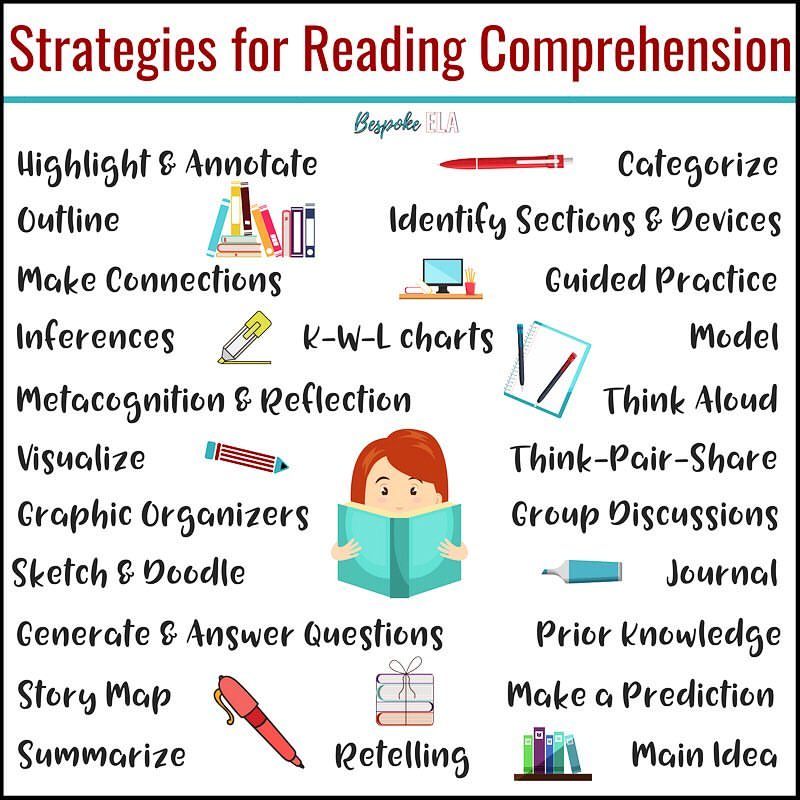 For example, if the main character just did something, you can ask, “Why did she do that?” Give your child a chance to think about it and respond.
For example, if the main character just did something, you can ask, “Why did she do that?” Give your child a chance to think about it and respond.
If you’re reading a non-fiction book together, you might encounter a new word. Point to it and ask, “What does that word mean?” If your child doesn’t know, it’s the perfect opportunity to look it up together.
3) Read Aloud
Reading aloud with your child is a great way to encourage them to read. Your child adores you — you’re probably their biggest inspiration! So when you have fun reading, they’ll want to join in.
Bedtime stories are an easy way to incorporate daily reading into your busy family routine. This time gives you and your child a chance to unwind and connect with one another.
While you read together, encourage your child to read as much of the text as they can. And before turning the page, ask them what they think will happen next. This helps them connect more deeply with the story by developing empathy for the characters or appreciating the humor.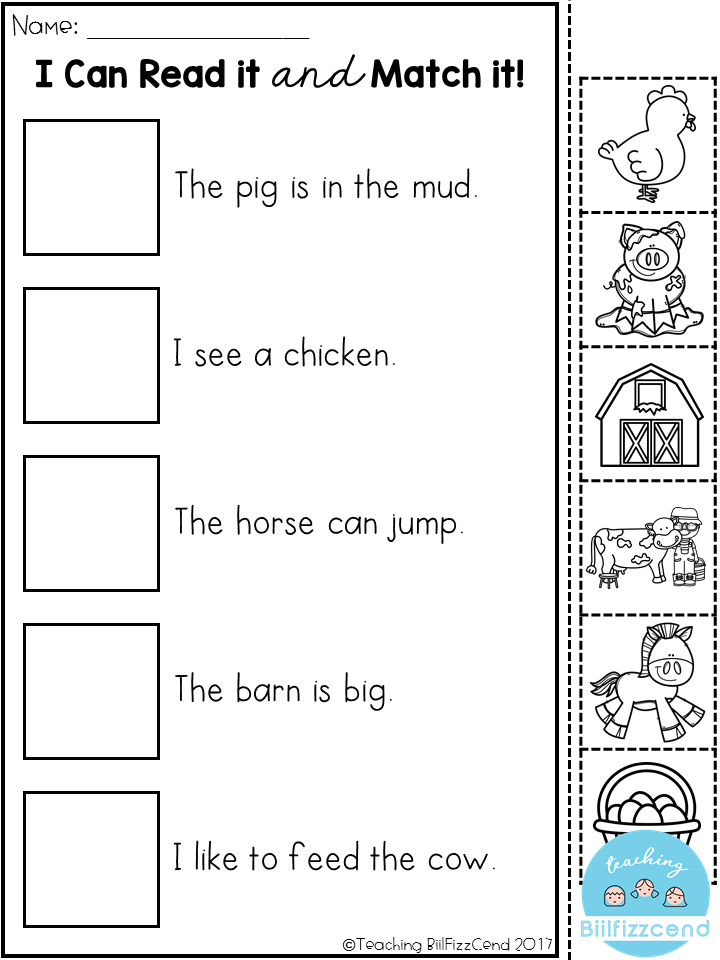
Sometimes, though, your child might be shy about reading in front of you or answering questions. They know reading is important, and they want to succeed for you. The pressure that comes with that might make reading more difficult.
That’s OK! Give them plenty of praise and encouragement, and let them know they can take it as slow as they need to.
In the meantime, encourage them to host a special storytime with a stuffed animal or a favorite toy, any item that is guaranteed to make them smile and bring them comfort.
It may take some adjusting, but this strategy will get them confident and calm about reading.
4) Act It Out
You can make books literally come alive by acting them out. This is a dynamic and exciting way to encourage your child to love reading!
There’s no need to use elaborate props, a stage, or costumes (although, if time allows, your child might love to make a family theatre production!). Simply grab a couple of stuffed animals or toys that can play the part of the characters in the story you’re reading together.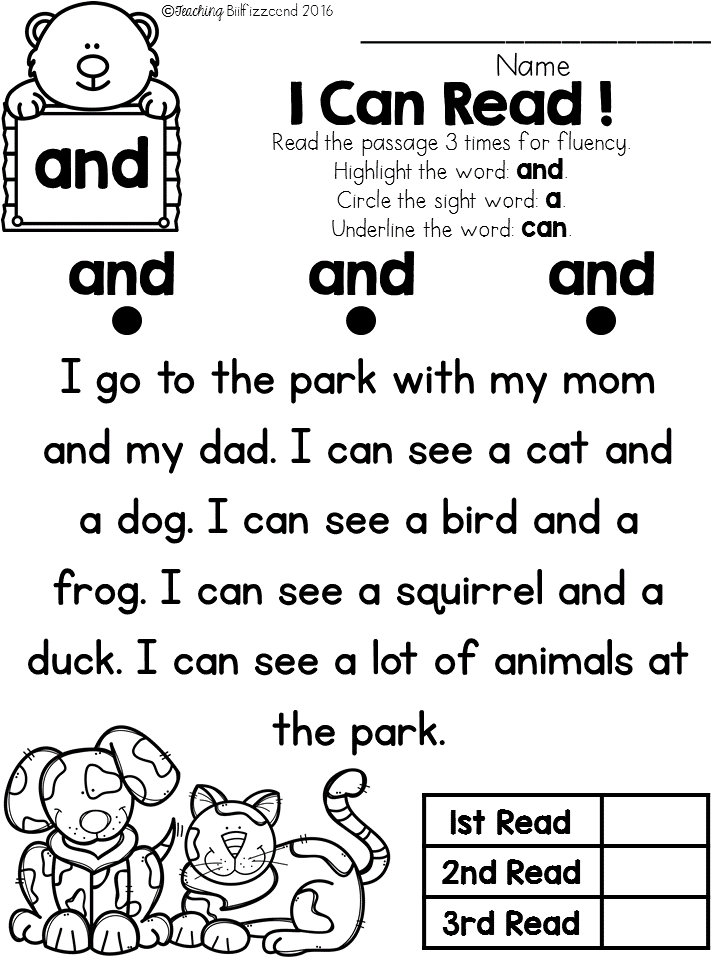
This simple addition can increase the entertainment value for your child and give them a chance to express themselves through the story.
Encourage them to do funny voices and mimic the characters’ actions in the story. Plus, if you incorporate play into your reading, they’ll start to see the connection between the words on the page and the exciting adventure you are having with your imagination.
This is a great way for your child to bring the story to life!
5) Use A Reading Finger
Young readers’ eyes find it hard to follow a line of text from right to left. They may skip around or jump lines. It can also be hard for kids to stay focused on what they’re reading.
Using a finger to track words you are reading can be very helpful. Have them use their pointer finger to point to each word as they read it. Remind them to move their finger to the next word as they go.
It can also be helpful to have an index card or a folded sheet of paper that moves from line to line.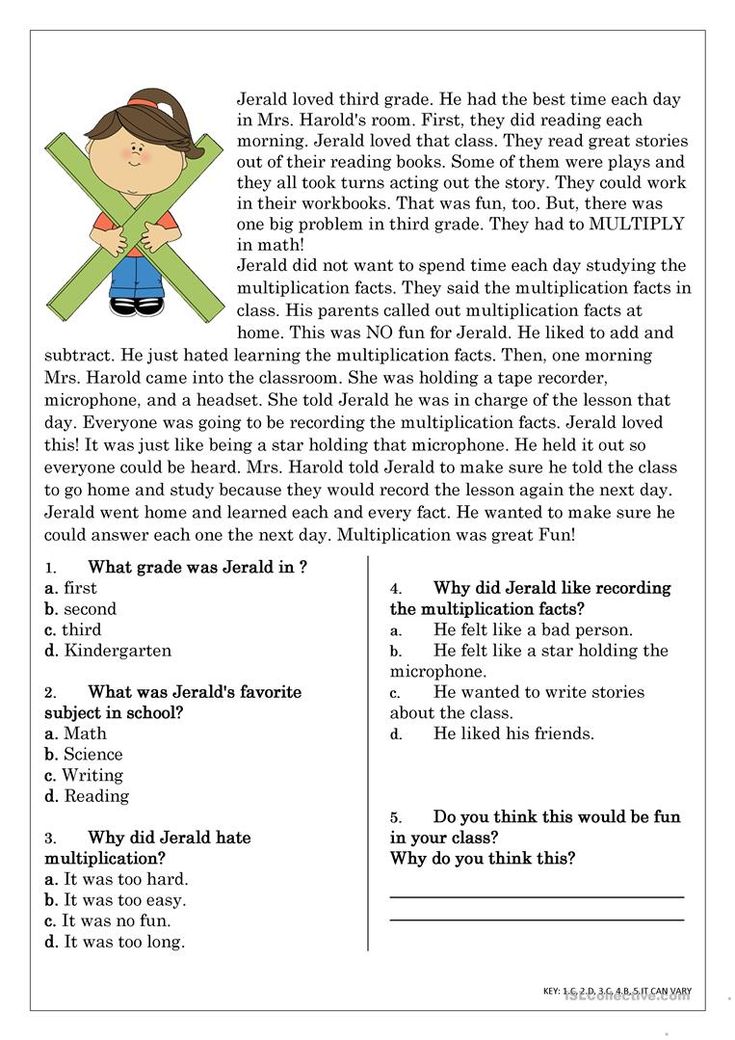 Both of these methods can help your child keep their place while reading.
Both of these methods can help your child keep their place while reading.
If your child doesn’t want to point to words as they read, you may find it beneficial to do the pointing yourself for a while until they feel more comfortable.
6) Take A Running Start
If your child gets stuck on a word while reading, ask them to take a running start. This means going back to the beginning of the sentence and trying to read the unknown word in context.
Sometimes, this is enough to help them decode the word and keep going. But, other times, the word will continue to trip them up. If this is the case, introduce a different strategy, such as covering up the suffix or prefix of a word and focusing on the root word first.
Running starts also improve reading comprehension overall as your child reviews the text.
7) Read Things That Are Not Books
If your child seems uninterested in reading books, divert their attention to other things. Magazines, movie titles, joke books, anything you come across!
For example, try asking your child to be your little helper.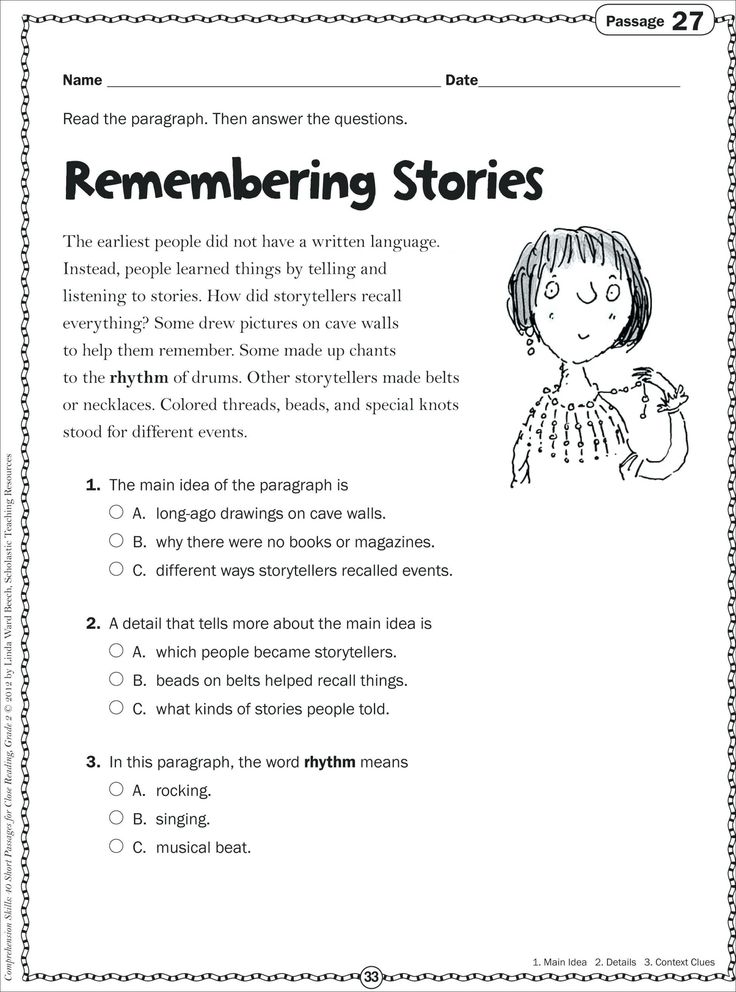 Anytime you need to look something up or read something, see if they can give it a go first (with your help if they need it, of course!).
Anytime you need to look something up or read something, see if they can give it a go first (with your help if they need it, of course!).
This can be searching up movie times online or having them read a recipe to you out loud while you cook. They could read road signs, check the weather, or find restaurant or store hours. They can read emails from family and friends that live in other parts of the world.
For younger kids, try asking them to sound out simple words you come across throughout the day, such as the word “stop” on a stop sign.
Having your child help in this way is all about the little, daily things that fit into your life. And the effect of these small tasks will give your child a huge confidence boost!
8) Let Your Child Tell Their Own Story
Acting as your child’s reading partner doesn’t have to start and stop with traditional bedtime stories. Letting them tell their own story is a great way to stimulate their imagination and can help with reading, too!
Every now and then, consider swapping after-dinner storytime for storytelling night.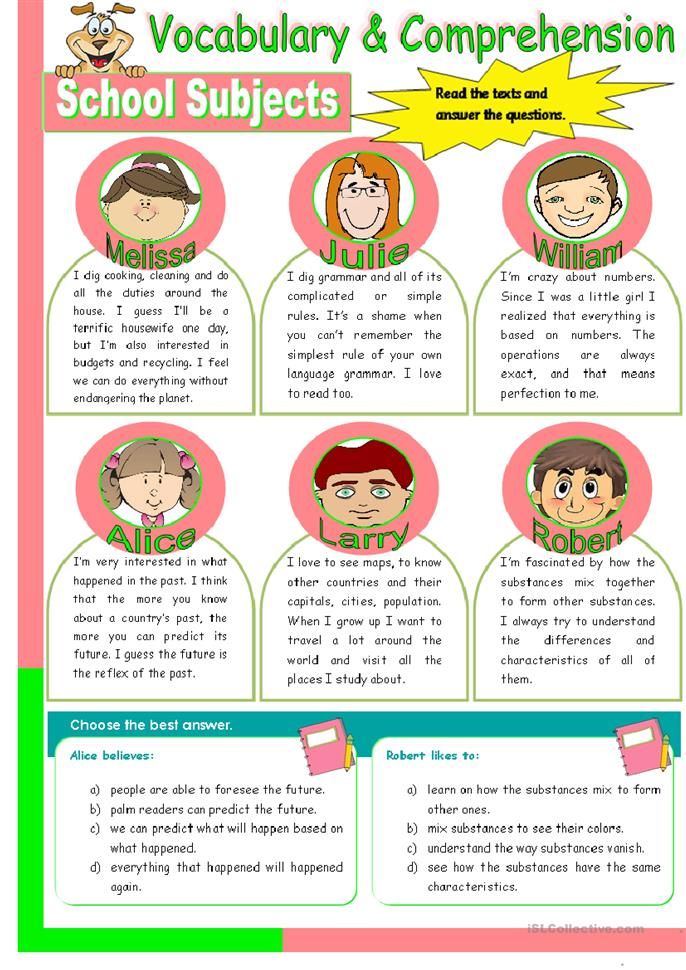 Your child can tell you a story while you write it down. Try letting your little one come up with a different scene each day (or, if time allows, all at once).
Your child can tell you a story while you write it down. Try letting your little one come up with a different scene each day (or, if time allows, all at once).
If they’re old enough, they can also work on the story on their own, drawing pictures to go along with the text or designing a book cover. Once the story is finished, you can read it together!
This is a great way to encourage accomplishment in your child, too. They will have made something of their own creation and can see the imaginative, fun, and personal finished product.
Plus, learning how to tell a story will help immensely with your child’s reading comprehension. They will begin to inherently understand the ebbs and flows of a story as they create their own.
A cute bonus: You’ll have a keepsake to treasure for years to come!
9) Make A Prediction
Predicting is another vital reading strategy that can help your child figure out what will happen next in the story and make sense of the text overall, which builds comprehension.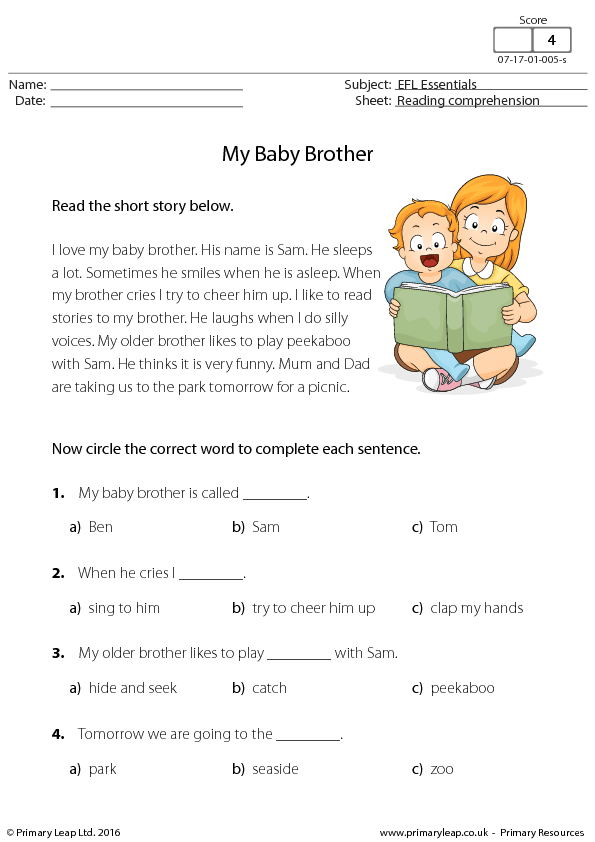
When they come to a natural stopping point in their reading, ask them to pause for a moment. Then, ask your child what they think will happen next.
After they’ve made their predictions, encourage them to keep reading to see if they were right. If they weren’t, that’s OK! Remind them that authors have different ideas, so stories can sometimes turn out differently than we think they should.
For a more fundamental-level reading strategy, try letting your child predict the next word rather than what happens in the story next.
10) Retell The Story
After your child reads a book, ask them to retell the story to you. This reading strategy helps your child practice their comprehension skills.
As they tell you about the story, pay attention to the details they include. Does your child remember the main parts? Did they have a beginning, middle, and end in their retelling?
If not, practice the retelling strategy by using some fun activities. For example, ask your child to look back through the book and find pictures to help them tell the story.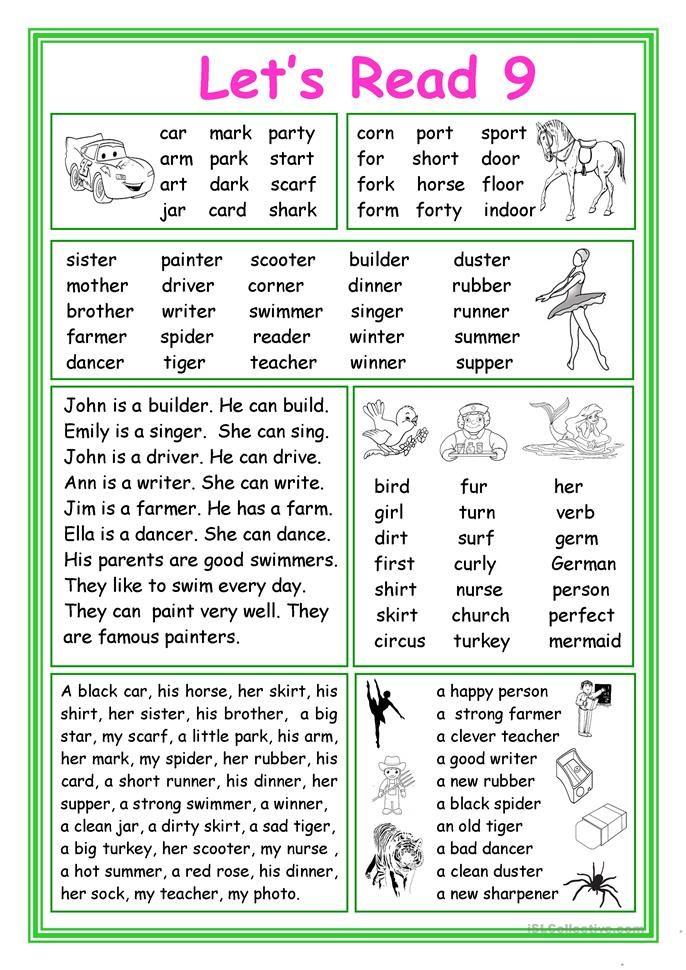
You can also ask them to draw small pictures on different pieces of paper to represent the different phases — beginning, middle, and end.
Then, put these pictures into a stack and shuffle them up. Spread them out and ask your child to put them in order. Once they’re correctly in place, have them retell the story using the pictures.
When retelling, some kids have trouble with adding too many details. If your child wants to share all the things about the book they read, help them focus on the main events.
Modeling is a good way to reinforce this concept. Spend 10 or 15 minutes quietly reading. Then, when the time is up, take turns retelling what you read. Your child will see how you focus on the key points and quickly sum up the story when you share.
11) Make Pictures In Your Mind
As your child reads aloud, encourage them to visualize the story. This means using the words as clues and picturing the story in their mind.
At first, you might have to help them with this reading strategy.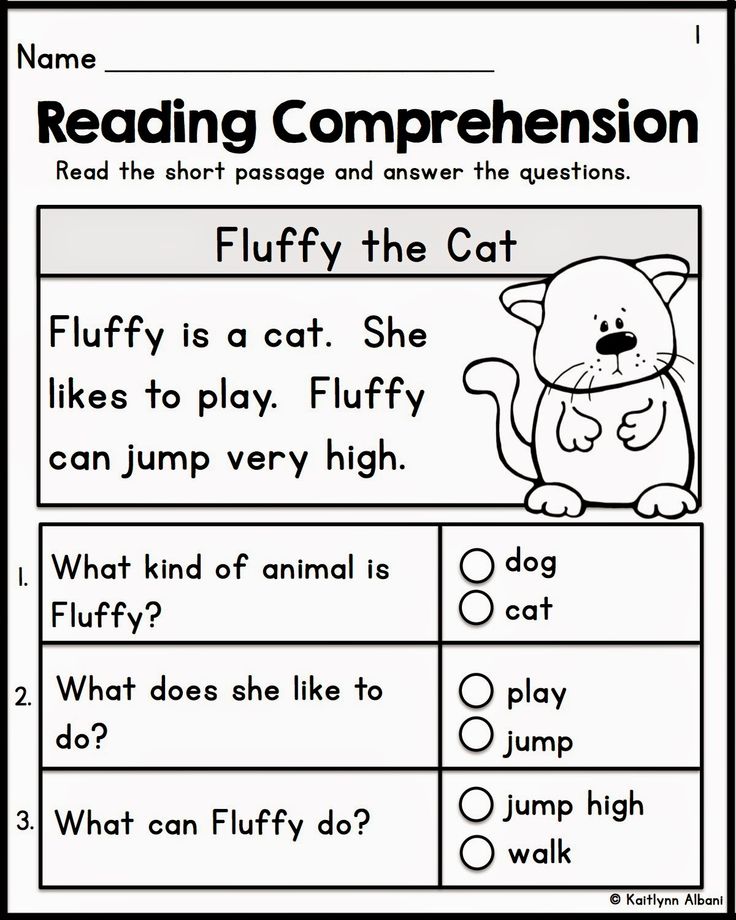 After reading a paragraph or two of a descriptive piece of text, stop and ask your child to describe the scene. If they aren’t sure, model the process for them.
After reading a paragraph or two of a descriptive piece of text, stop and ask your child to describe the scene. If they aren’t sure, model the process for them.
Show them how to go back in the text and look for adjectives and other descriptive words. Then, discuss what type of mental image you have.
Take time to draw what you’re seeing in your mind and have your child do the same. Putting the mental image onto paper can help some kids better process what is going on in their brains.
Compare pictures, but first, remind your child that it’s OK to have different images because we look at things in our own unique way.
This strategy is beneficial when your child outgrows picture books because it helps them understand what they’re reading when they don’t see any illustrations to offer clues.
How Reading Strategies Build Different Skills
All of the different skills that go into reading can be a lot for kids (and parents!) to take in. Although learning to read may feel like a distant memory to us, kids are in the thick of grasping everything reading requires.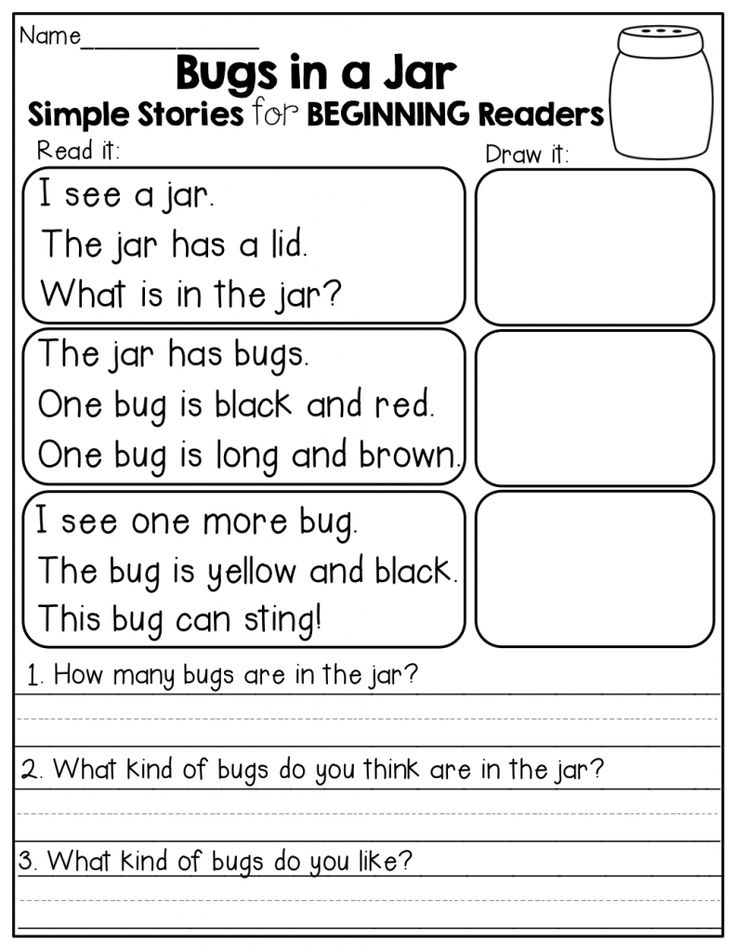
But what does reading require? And how do the strategies we mentioned help? Here are a few examples of the skills some of these strategies promote.
Rereading Helps With Decoding
We hinted at it above, but it’s important to get a clear understanding of decoding.
Decoding is the process of sounding out words. Children (and adults!) use this skill to break down words to specific sounds and then blend the sounds together to form the word correctly.
Decoding goes beyond understanding what sound each letter makes. Specifically, decoding involves becoming familiar with the relationship between letters and sounds (and their patterns).
The rereading strategy is helpful here because the more times your child sees a word the easier it will become for them to decode it and words like it. Removing the effort leaves a child free to really get lost in a story.
The HOMER Learn & Grow app is another tool your child can use to practice essential decoding skills.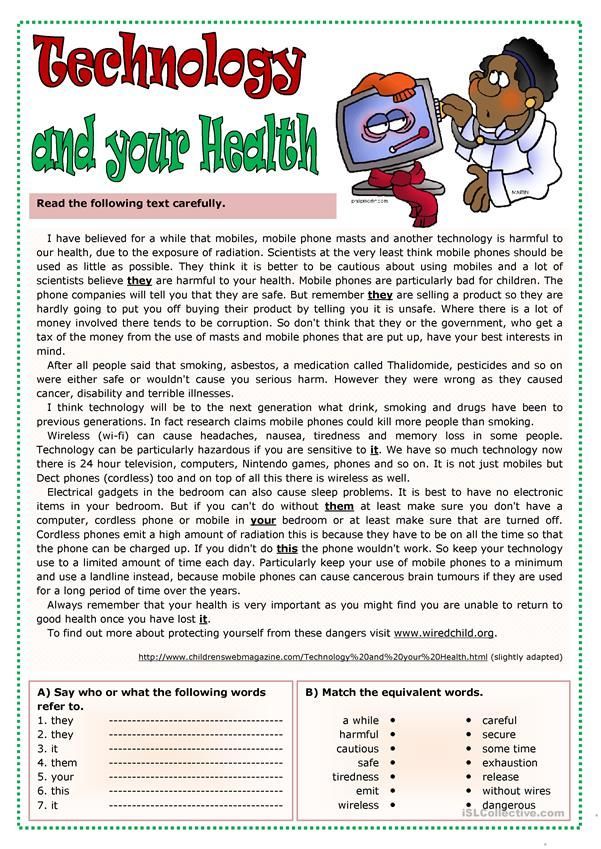
Reading Things That Are Not Books Builds Fluency
Once your child can instantly recognize words on the page (even ones they don’t know), then they are considered fluent!
It’s important to note that there are different levels of reading fluency. For example, your child may be able to fluently read a first-grade book but not a ninth-grade book. The good news is that fluency grows the more your child reads!
Building fluency is a big end goal for children. We want your child to achieve this goal so they will know that reading can be fun and rewarding. The stronger reader they become, the more likely they are to love reading!
Remember that Rome wasn’t built in a day, and neither is a fluent reader. It may take your child some time and practice to build their confidence and fluency!
In terms of reading strategies, reading things that are not books is one that can help build fluency. So can taking a running start. After all, the more your child reads, the more fluent they will become.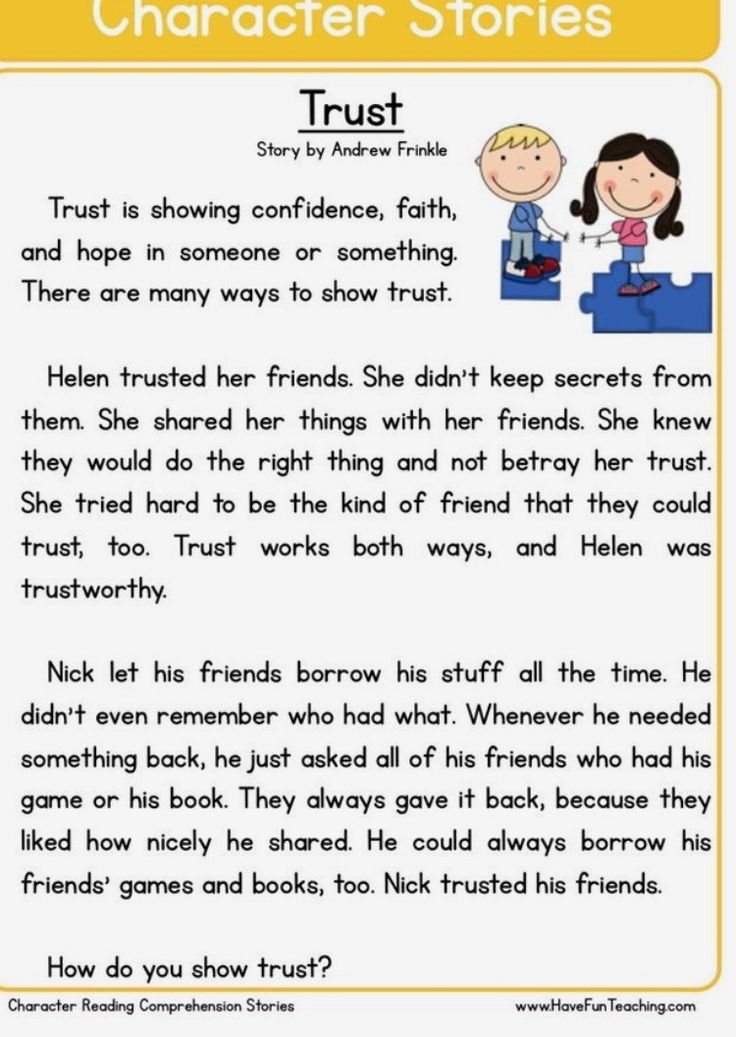
Reading Aloud Helps With Vocabulary
Words, words, words! The more words your child is exposed to, the more they will learn. And children who have a good vocabulary are at an advantage when it comes to reading.
A growing vocabulary develops from conversation and from hearing books read aloud. Additionally, children who read a lot learn more new words than those who read less because they get introduced to vocabulary in context.
All of the reading strategies we mentioned can be helpful with expanding vocabulary, but we especially recommend reading aloud and varying the kinds of books you read with your child. This will increase their exposure to all kinds of words!
Letting Your Child Tell Their Own Story Encourages Executive Function
This may sound technical, but executive function is really just an umbrella term that deals with your child’s working memory, attentiveness, and their ability to think about different things one after another.
These things influence your child’s attitude and how they learn.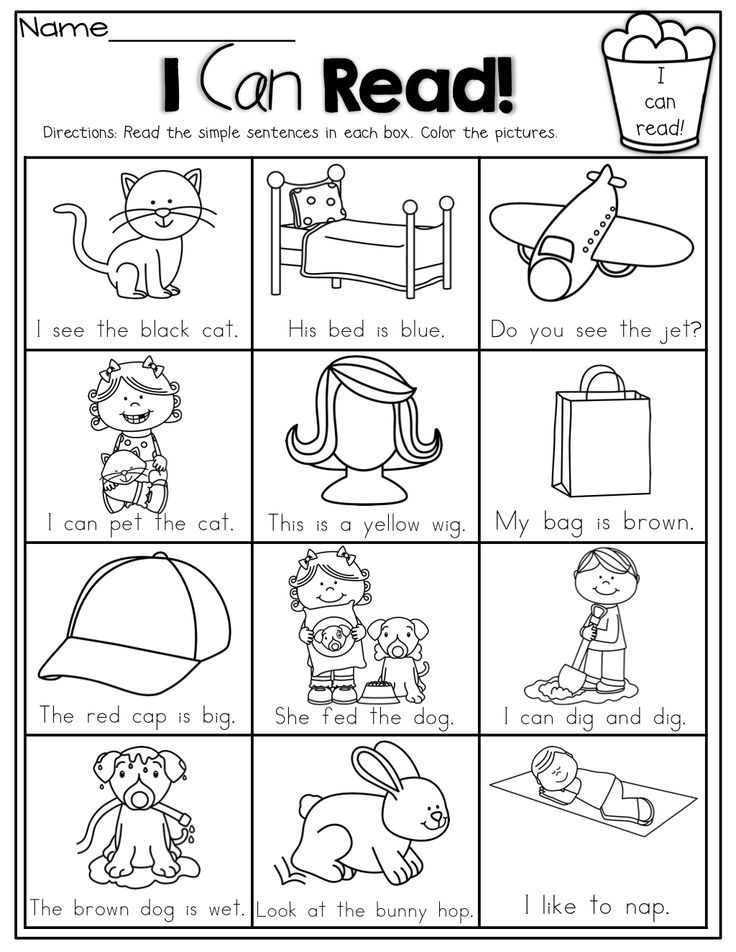 That’s part of why we always encourage reading strategies and materials that create a fun, relaxed learning environment for your little one.
That’s part of why we always encourage reading strategies and materials that create a fun, relaxed learning environment for your little one.
A good strategy for working on this skill would be letting your child tell their own story! You can also encourage them to use the Learn & Grow app from HOMER. They’ll practice important executive function skills as they play.
Make Reading Strategies Work For Your Family
Incorporating reading strategies doesn’t need to be difficult, and you can start to feel confident about your child’s improvements when you see the purpose behind these strategies.
No matter what reading strategy you choose — rereading, asking questions, reading aloud, acting it out, reading things that aren’t books, letting your child tell their own story, or any of the others — you can achieve at-home learning that fits into your life in a fun and easy way.
And if you’re looking for more resources, our kid-powered, personalized Learn & Grow App is the perfect place for your child to get in some safe, fun, and quality reading practice.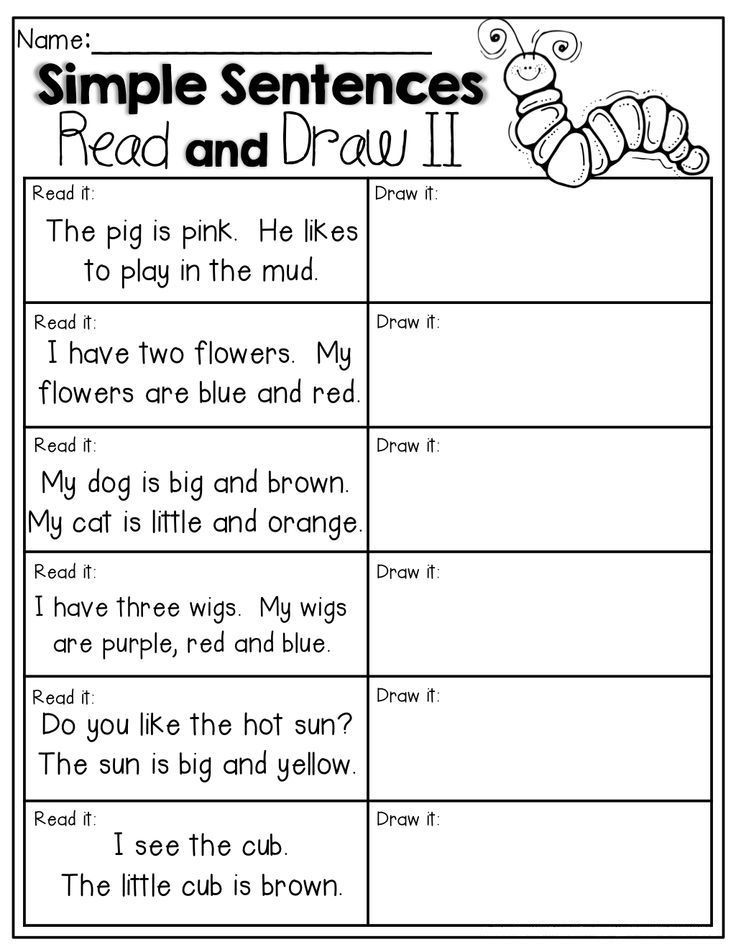 Just 15 minutes a day is proven to increase reading scores by 74%!
Just 15 minutes a day is proven to increase reading scores by 74%!
Author
standards for grades and quarters
Reading is a key skill that opens the gate to the land of knowledge for a child. Thanks to this skill, children learn about the phenomena and events of the world around them, get acquainted with the characters and actions of people, meet new problems and ideas. This skill helps them to broaden their horizons and ideas about the world, develops critical thinking and trains cognitive abilities - attention, imagination, memory. Reading is the foundation for further successful learning.
To understand how well a child develops this skill, it helps to check the reading technique. Reading technique is a multifactorial test that characterizes the development of a skill from different angles. In the technique of reading are evaluated:
- reading speed,
- reading method,
- reading awareness,
- correct reading,
- expressiveness of reading.

A difficult reading skill consists of both a technical and a semantic component and is aimed at achieving the main goal - understanding and assimilation of the information read.
Reading technique parameters
Let's consider all the components of reading technique in more detail.
- Reading speed - the number of words read in a certain period of time. Often, parents focus on the formation of fluent reading, while the child makes many mistakes, does not understand and does not remember what he read. It is not necessary to force only speed, slower conscious reading and a gradual increase in tempo are better than fast mechanical reading with errors and inaccuracies.
- Way of reading — syllabic reading or reading the whole word, smoothly. With the development of the skill, the child has a gradual transition from syllabic reading to smooth reading in whole words.
- The correct reading of is characterized by the absence of errors and hesitation.
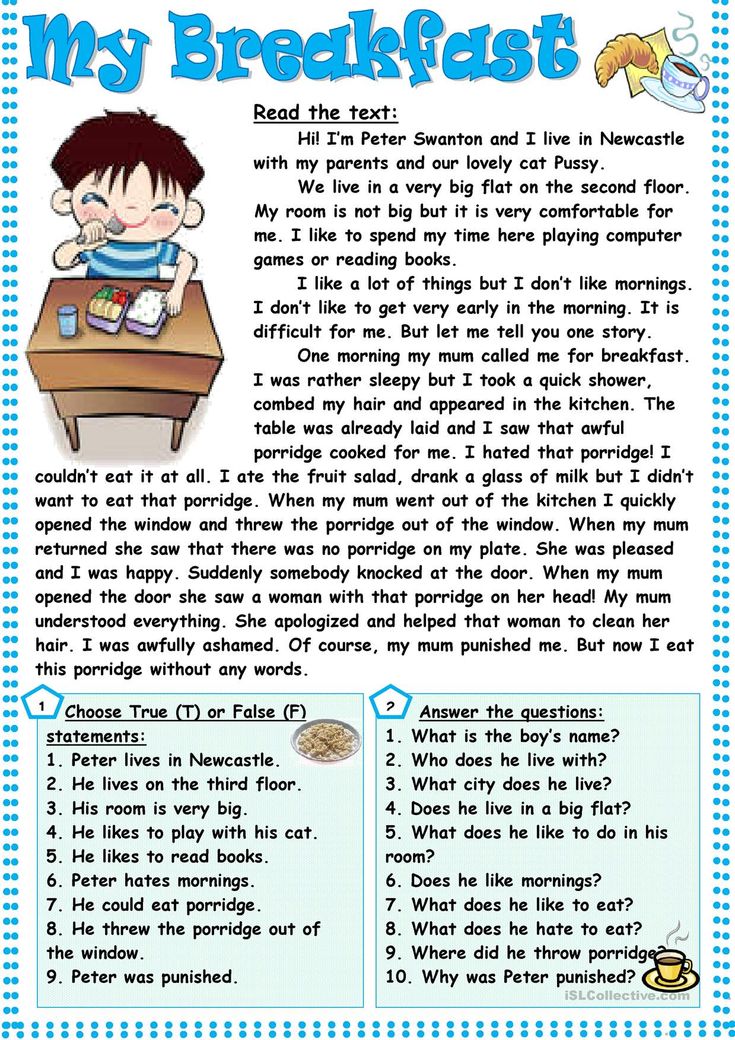 Inattention, problems of diction lead to inaccurate reading, indistinct articulation and, as a result, to a distortion of meaning. Pay attention to the correct reading - this will be the key to competent writing.
Inattention, problems of diction lead to inaccurate reading, indistinct articulation and, as a result, to a distortion of meaning. Pay attention to the correct reading - this will be the key to competent writing. - Reading awareness involves reading comprehension, awareness of the idea and meaning of the text, and in the future - this is the ability to catch the subtext, humor, irony, the attitude of the author. Interfering with reading comprehension can be low reading speed, distorted reproduction - guessing words, changing the shape of words, not reading endings.
- Reading expressiveness - the use of pauses, finding the right intonation, the correct placement of stresses. The expressiveness of reading is inextricably linked with awareness. When understanding what is read, it is easier for the child to observe the necessary pauses, select the correct intonation and place logical stresses.
Reading speed standards for elementary school
GEF standards determine the desired reading speed for a child by a certain point in learning, help to understand whether the development of a skill is successful or whether additional attention is required. Standards - indicative values; it is important to take into account the individual psychophysiological characteristics of each child and evaluate the growth of his personal indicators.
Standards - indicative values; it is important to take into account the individual psychophysiological characteristics of each child and evaluate the growth of his personal indicators.
Grade 1 reading speed standards
Reading speed standards in grade 2
Reading speed standards in grade 3
Reading velocity
Reading speed, to which it is necessary schools, is reading at the speed of conversational speech, 110-120 words per minute. The human articulatory apparatus has adapted to this speed over time. And most importantly, the reading should be conscious, correct, expressive.
Other parameters of reading technique
Grade 1
At the end of the first half of the year. Reading is smooth syllabic, conscious and correct, with a clear pronunciation of syllables and words.
At the end of the second half of the year. Reading is conscious, correct, simple words are read as a word.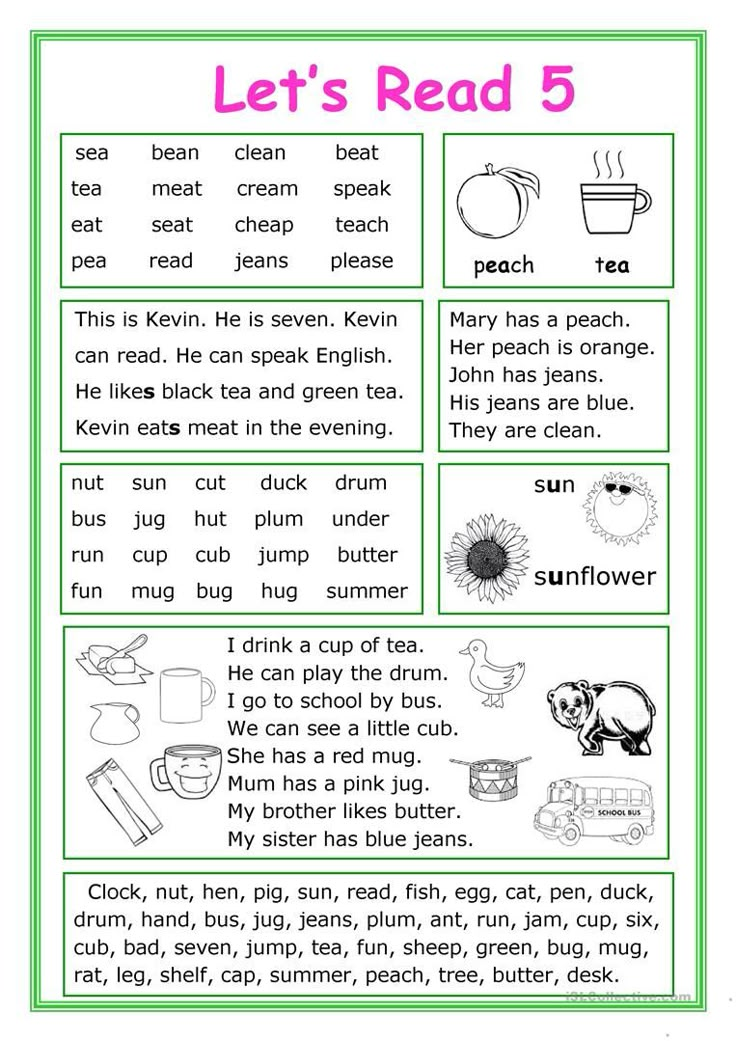 Words with a complex syllabic structure can be read syllable by syllable.
Words with a complex syllabic structure can be read syllable by syllable.
Grade 2
At the end of the first half of the year. Reading consciously, correctly, in whole words. Compliance with logical stresses. Compound words can be read syllable by syllable.
At the end of the second half of the year. Reading meaningful, correct, in whole words. With observance of logical stresses, pauses and intonations. Syllabic reading is undesirable.
Grade 3
At the end of the first half of the year. Reading consciously, correctly, in whole words. With observance of pauses and intonations, with the help of which the child expresses an understanding of the meaning of what is being read.
At the end of the second half of the year. Reading consciously, correctly, in whole words. With observance of pauses and intonations, through which the child expresses understanding of the meaning of what is being read.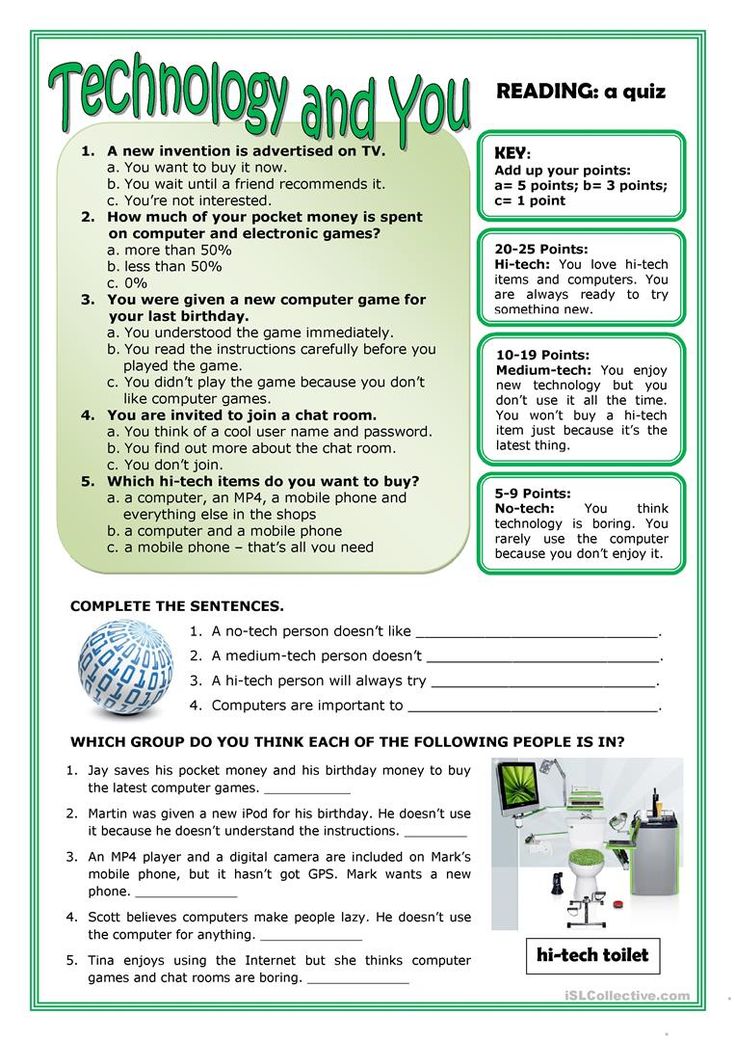
4th grade
At the end of the first half of the year. Reading consciously, correctly, in whole words. With the help of observed pauses and intonations, the child not only expresses an understanding of the meaning of what is being read, but is able to express his attitude to what he has read.
At the end of the second half of the year. Reading consciously, correctly, in whole words. With observance of pauses and intonations, through which the child expresses an understanding of the meaning of what is read, and his attitude to the content of what is read.
How can I test my child's reading skills on my own?
Have your child see how well they read already. Children usually love to know how many centimeters they have grown, and they may also be interested in knowing their progress in reading. Warn about the upcoming test and ask the child to read quickly.
The control of reading technique in sensitive children who, due to their temperament, can hardly tolerate various tests, can be carried out imperceptibly or in the form of a game.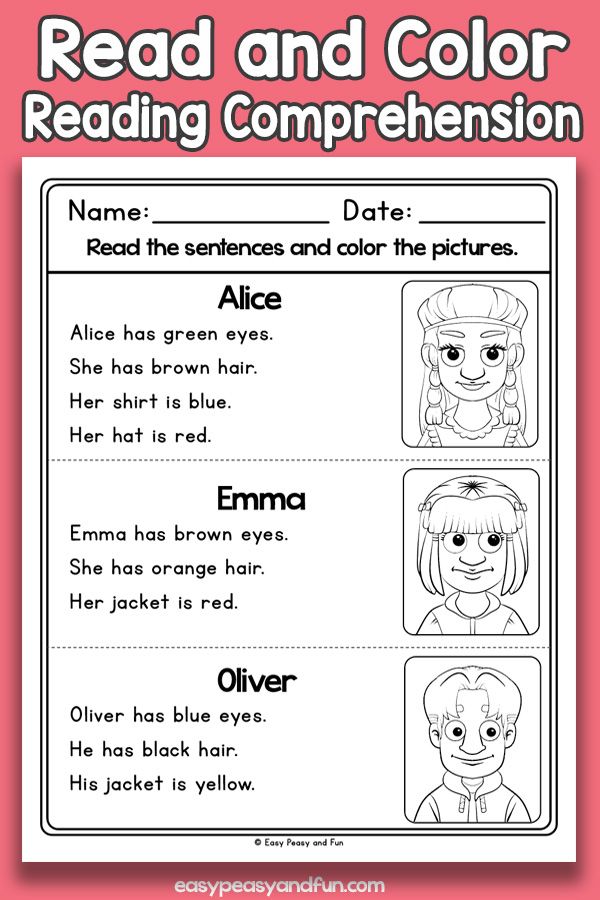 Do not create unnecessary excitement around the upcoming test, do not arrange a test in the form of an exam. If the child is worried, stutters, transfer control to another time.
Do not create unnecessary excitement around the upcoming test, do not arrange a test in the form of an exam. If the child is worried, stutters, transfer control to another time.
Verification process:
- Prepare a clock with a second hand or use the stopwatch on your phone, and choose the appropriate text.
- Ask the child to take a seat.
- Show him the text and ask him to read it aloud.
- Track the time from the moment your child starts reading. Not all children are able to immediately start reading on command, which leads to inaccurate results.
- Usually, one minute is noted for checking, but some experts recommend taking 2 minutes for monitoring, since not all children are equally quickly included in the work. Divide the result obtained in 2 minutes in half.
- Do not correct or interrupt while reading. It is better to discuss the mistakes made after the child has finished reading.
- Assess the speed, correctness, awareness and expressiveness of reading.
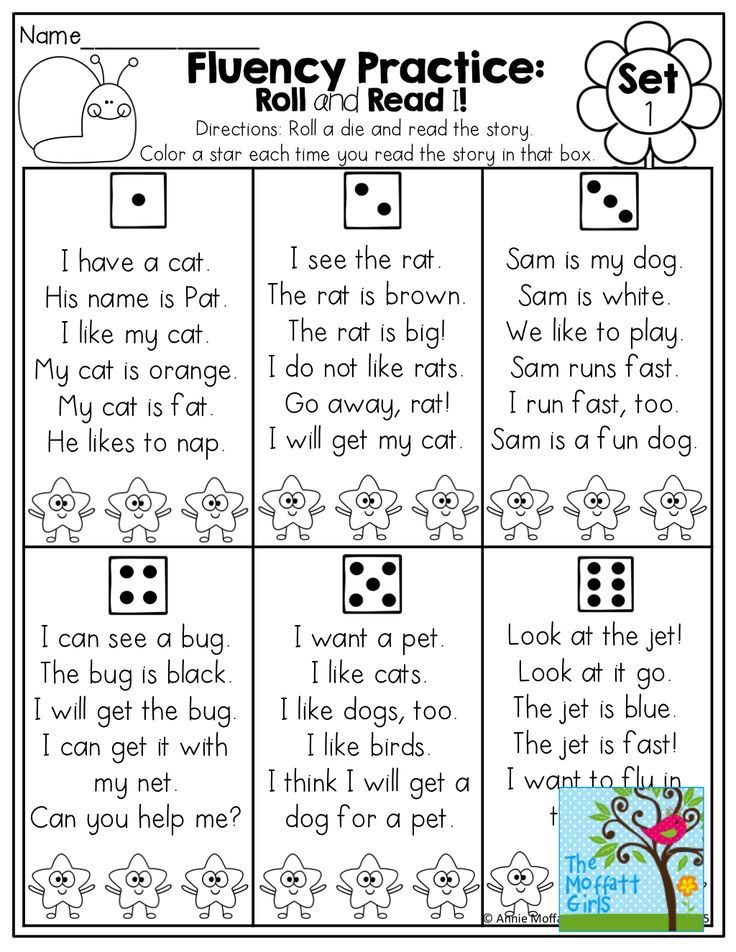
- Retest and compare results. Reading technique may differ depending on the child's fatigue, health status and mood.
Which text is suitable for verification?
Both fiction and non-fiction texts appropriate for the child's age are suitable for this purpose. The text should be unfamiliar, but understandable to the child, have educational and educational value. The texts of V. Bianchi, L. Tolstoy, N. Nosov, B. Zhitkov, K. Ushinsky, V. Dragunsky are suitable. The text for verification can be found in special manuals or in a textbook on the Russian language and literature.
You should find the text that is located on the spread of the book so that the child does not have to waste time turning pages. Choose text without an abundance of punctuation marks and distracting illustrations. It is not desirable that the passage contains common complex sentences and dialogues. The font must be large enough and legible. The text should not have a technical focus and contain terms incomprehensible to the child.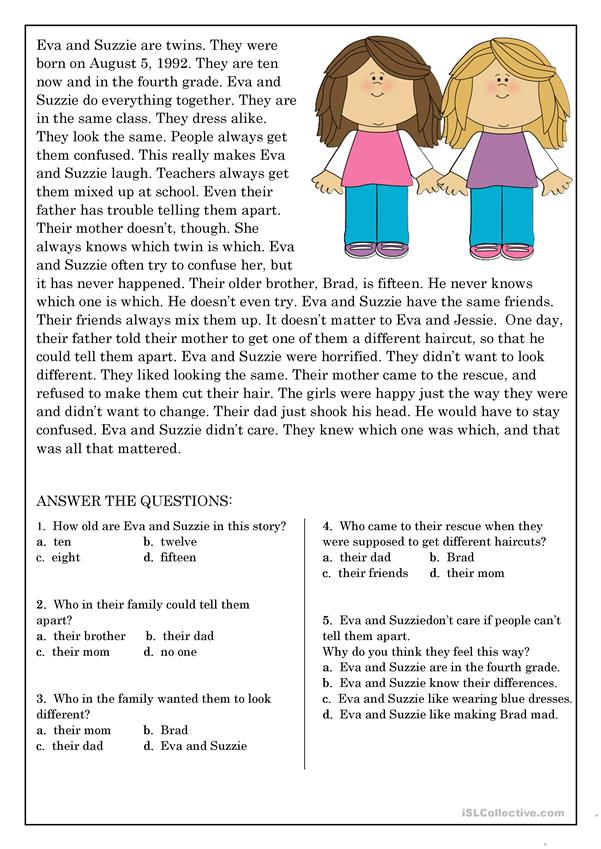
Test score
Speed score
Count how many words the child read in one minute. When counting words, pay attention:
- prepositions, conjunctions, particles of 1-2 letters are counted as one word;
- when wrapping, the word is counted as 2 words;
- if the word is written with a hyphen, look at how many letters are on both sides of the hyphen: if there are more than three, we count it as 2 words, for example, "long, long", if less than three, for example, "somehow", - as one .
Compare your score with the recommended range and your child's previous performance.
Comprehension score
Determine how well the child understood what they read. If the student reads slowly and has read only a couple of sentences, let him read the passage to the end. Ask your child a few questions about the text. Ask what or who he read about. Ask the child to identify the main idea of what they read and retell the text.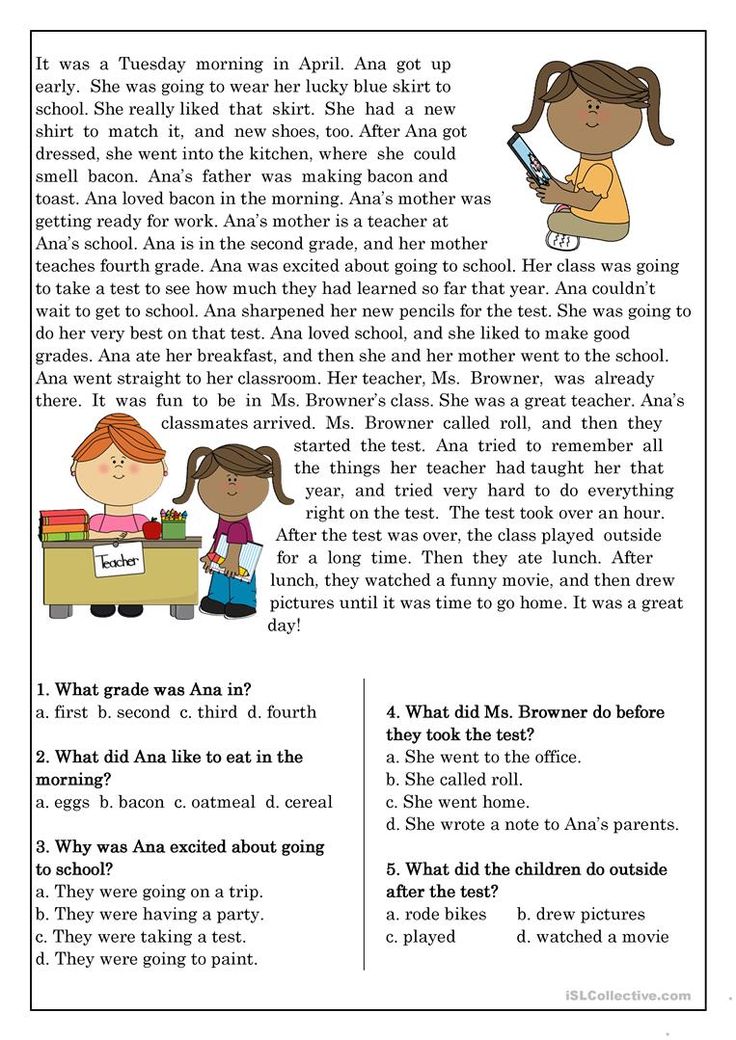
For a deeper check of the meaning of the reading and learning, use special teaching kits.
Correctness assessment
Pay attention to whether the child reads what is written correctly, whether he pronounces words clearly, whether there are hesitations and corrections, whether he alters words, whether he changes endings, whether he places stresses correctly. Discuss the mistakes with the student.
Evaluation of expressiveness
To assess the expressiveness of reading, the child is offered a familiar text. Listen to whether the child observes pauses and other punctuation marks, whether he changes intonation, whether he highlights the main idea.
Improving reading technique
Poor results in reading technique are not a reason to be upset, but only a signal that additional efforts need to be made to improve the skill. You can work with the child on your own or contact a specialist who will analyze the weak points and select the appropriate exercises.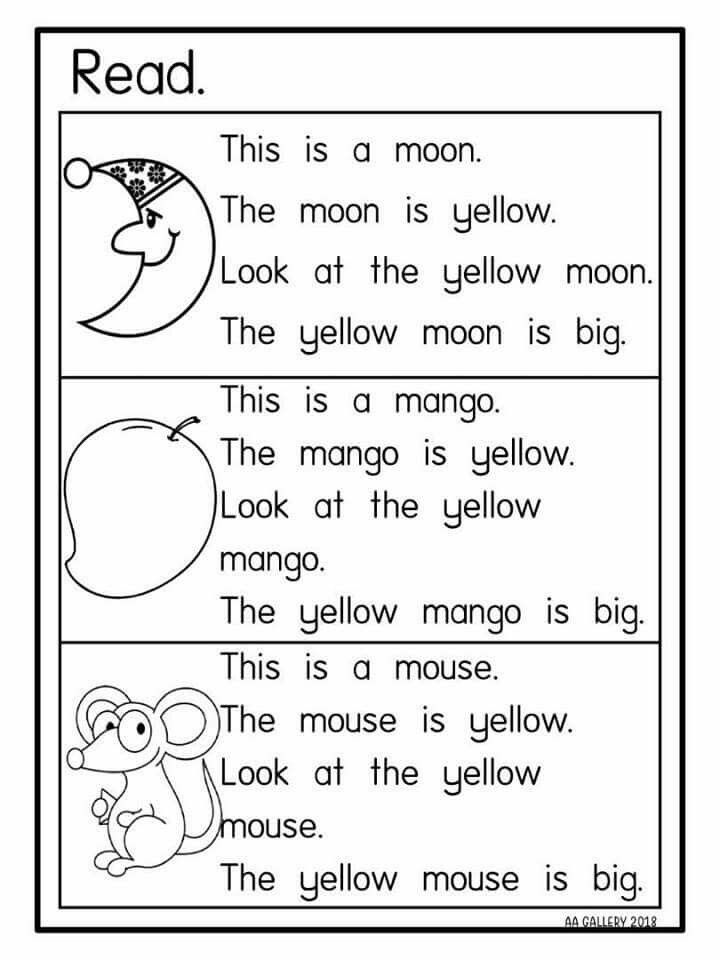 Conduct additional activities with the child in the mode of "sparing reading" without pressure. It is more important to observe the regularity and frequency of classes: 10-20 minutes daily.
Conduct additional activities with the child in the mode of "sparing reading" without pressure. It is more important to observe the regularity and frequency of classes: 10-20 minutes daily.
How can you motivate your child to read:
- Reward your efforts with stickers, stars.
- Mark progress visually - create a success board so your child can visually see their progress
- Conduct activities in the form of a game, such as "going to the library" or "reading to your favorite toys."
- Choose books and texts that are interesting for your child.
- Let the child read to pets, they are grateful and accepting listeners. Reading to them, the child is not afraid to make a mistake, he relaxes and overcomes the fear of failure.
- Have a reading competition between peers and siblings.
To improve the speed of reading will help:
- Reading by syllabic tables.
- Multiple reading. Read the same text several times, increasing the pace.
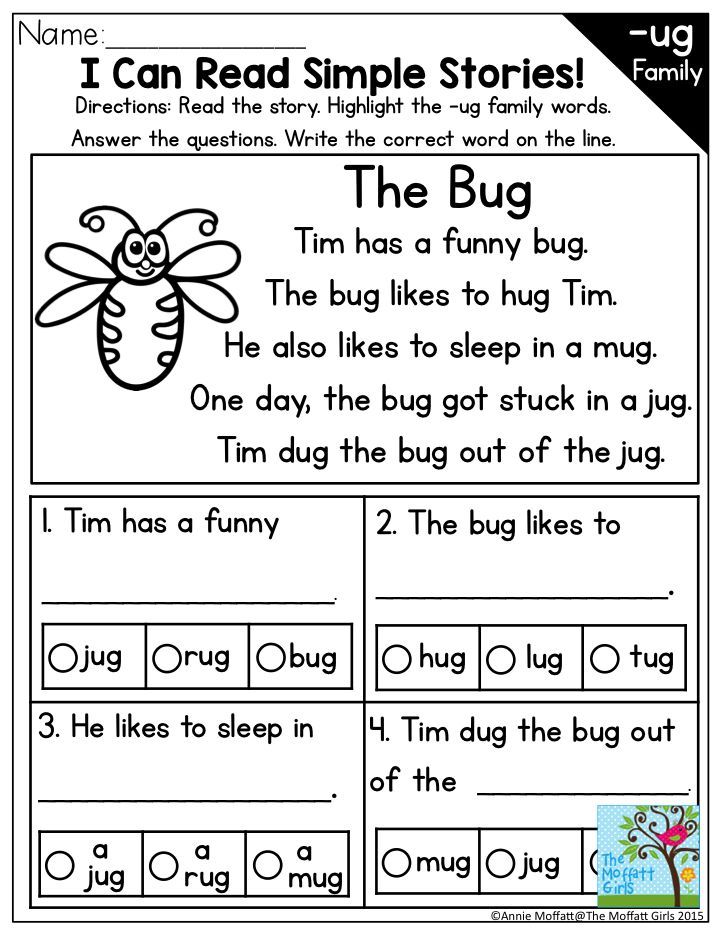 From the second time the child will be able to read faster.
From the second time the child will be able to read faster. - "Tug". An adult leads a finger along the line, setting the pace. The child tries to read at a given pace.
- Tops and roots. The child reads the words, covering the upper or lower half of the letters with a ruler.
- Reading in a book turned upside down.
- Lightning. Alternating reading at a comfortable pace with reading at the highest possible speed for 20 seconds on the command "Lightning!".
- "Sprint". Reading speed competition between classmates.
- Work on expanding the field of view according to Schulte tables.
- Reading with a window to eliminate "regression" - recurrent eye movements that lead to repeated reading.
For correct reading:
- Work on clear diction, do articulation exercises.
- Read tongue twisters and tongue twisters.
- Invite the child to correct the deformed sentences: "The weather is good on the street.
 "
" - "Imaginary word". When reading, the wrong word is pronounced, the child must correct it.
Reading comprehension
- Wave Reading. First, the child reads aloud, then retells what he read.
- Drawing up a plan for reading.
- The student reads to himself at a comfortable pace, tells what he understood and felt, what he thought about
- Discuss unfamiliar words and expressions.
- Invite the child to draw a picture of the passage they read.
- Ask them to tell you what they liked about the text, what they remember.
For expressive reading
- Role-playing, staging.
- Put on a "radio show".
- Expressive recitation of poems.
- Voice flexibility training. The ability to speak quieter-louder, higher-lower.
- Conducting reading indicating the tone or strength of the voice.
- Live Picture. One reads, the other reacts with facial expressions.
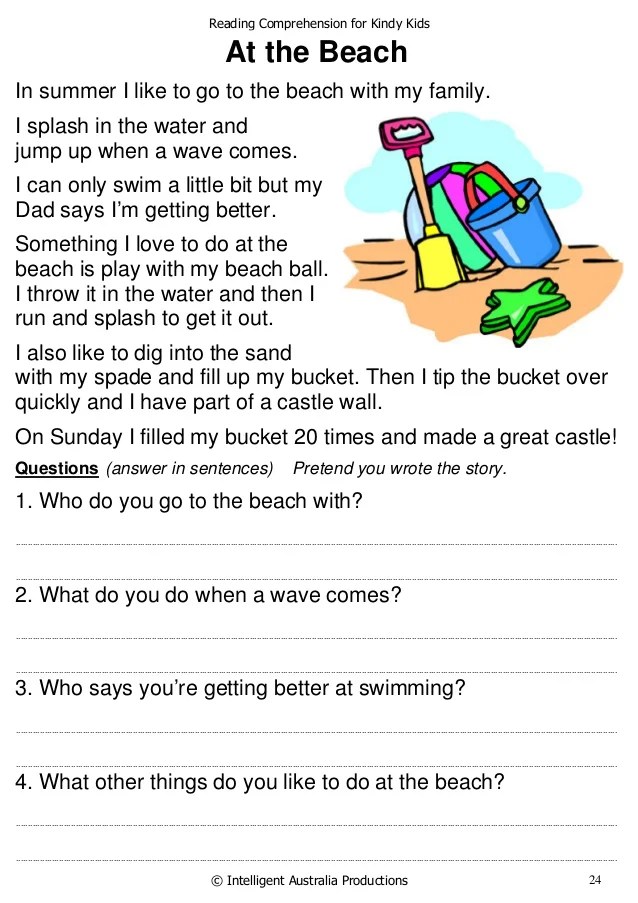
Improving reading skills in elementary school is very important. It is fluent and meaningful reading that activates the processes of thinking, attention, memory and is the basis for a child's successful learning in the future. This detailed instruction on reading technique control will help you track and improve your child's skill development.
Russian language for students in grades 1-4
We develop thinking skills, prepare for olympiads and improve Russian language results in an interactive format
learn more
picked up a book
Child development
5 Ways to Increase Your Reading Speed in 15 Minutes a Day, Even If You Didn't Pick Up a Book in the Summer
October 17 269403 views
Olesya Akhmedzhanova
The ability to read is one of the main requirements for a first grader today. In elementary school, children are waiting for a cut in reading technique: with its help, the teacher checks how quickly the student delves into the text and whether he can perceive it without errors.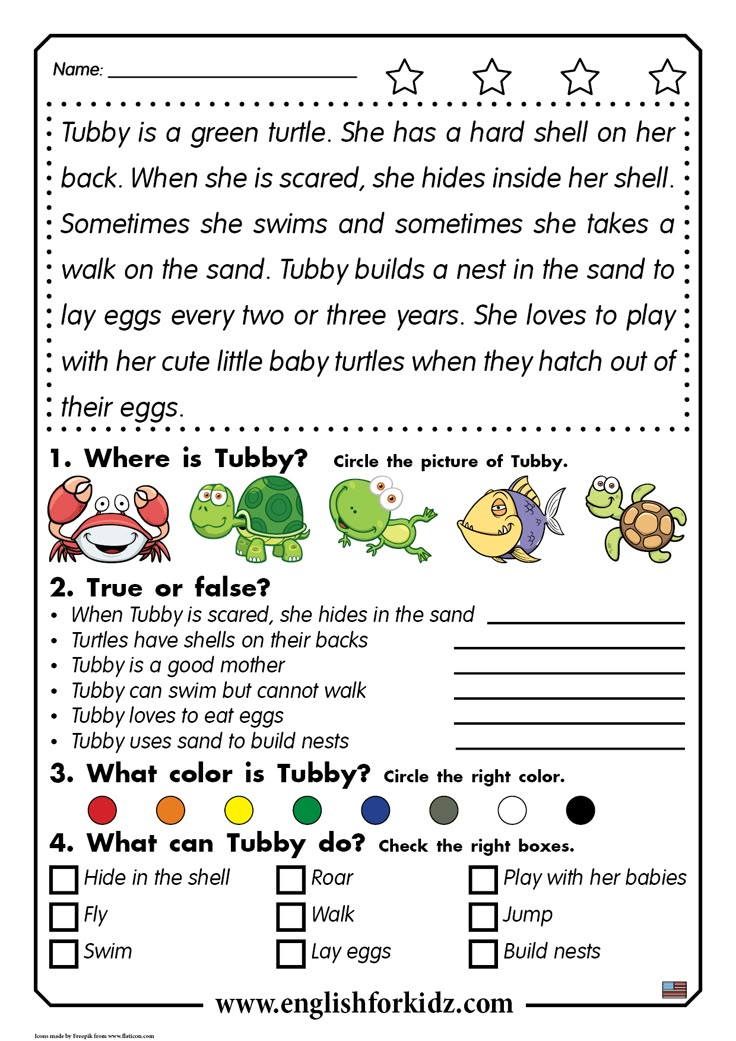 Together with the teacher Polina Bulatova, we chose ways that will help improve the reading speed in elementary school in just 10-15 minutes a day.
Together with the teacher Polina Bulatova, we chose ways that will help improve the reading speed in elementary school in just 10-15 minutes a day.
Source
Tongue twisters
The use of tongue twisters is obvious: the child literally learns to “speak soon”. And by increasing the speed of speech, he begins to read and even think faster.
The coolest thing is that tongue twisters can be memorized anywhere: on the way to school, to music, dancing and karate, or in the morning, during breakfast.
Examples of tongue twisters
Here are some tongue twisters that you can learn with children.
- At Senya and Sanya in the passage there is a catfish with a mustache. A wasp does not have a mustache, not a mustache, but a mustache.
- Senka is carrying Sanka and Sonya on a sled. Sledge lope, Senka off his feet, Sonya on the forehead, all in a snowdrift.
- Well done ate thirty-three pies with pie, and all with cottage cheese.
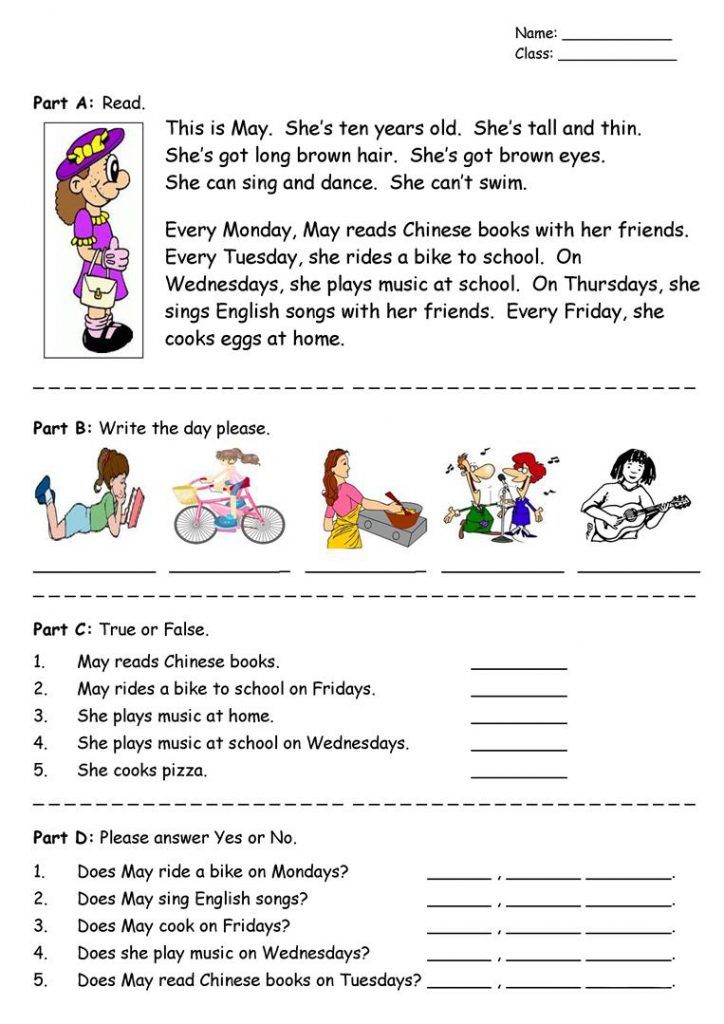
- Thirty-three ships tacked, tacked, but did not catch.
- Karl stole a coral from Clara, Clara stole a clarinet from Karl. Queen Clara severely punished Charles for stealing the coral.
- Karl was putting the bow on the chest. Clara was stealing onions from the chest.
- You can't over-speak all tongue twisters, you can't over-speak.
Even more examples can be found on special websites or in the Speech Talker application, where there are tongue twisters, poems, exercises, syllabaries and even breathing exercises.
Breathing
Sometimes the reason for slow reading is incorrect breathing. For example, a child says a phrase while inhaling.
Source
Try these breathing exercises.
- Have the child take a deep breath and say as many words as they can as they exhale.
- If the first exercise is easy, use lists of words. The technique is the same: the child takes a breath, and as he exhales, he reads a text or a list of words.
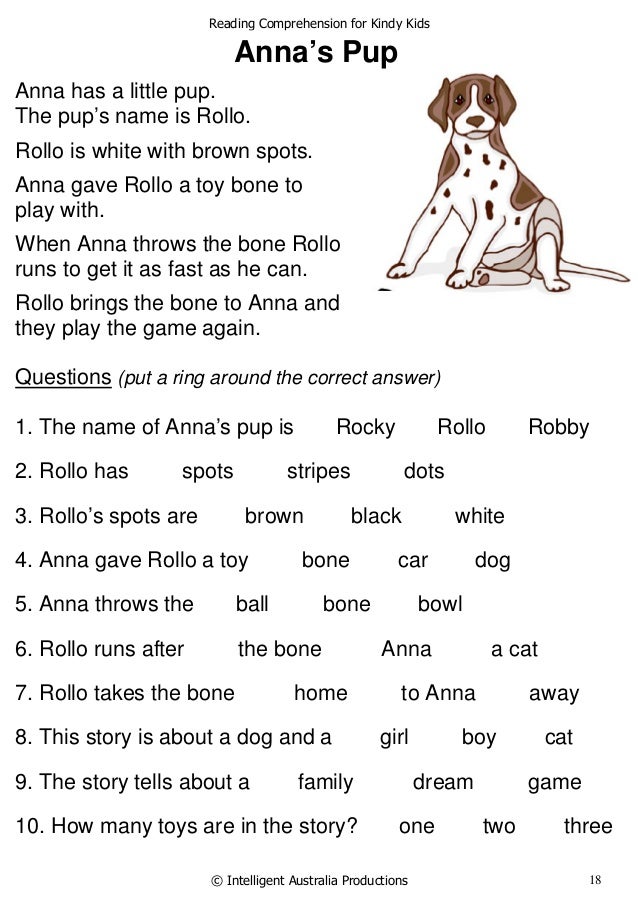
Schulte tables
Reading speed largely depends on how quickly the eye moves from line to line. Some children fail to read the text sequentially: they “jump” over the line, skip words, constantly return to the beginning of the sentence. Schulte tables will help fix this problem.
This is usually a 5x5 square table with numbers from 1 to 25 in its cells. Sometimes there are more columns and rows. The essence is simple: you need to quickly and consistently find the numbers in the table.
This is how the child expands the angle of vision, trains attention and learns to perceive information faster.
“There are many sites on the Internet with Schulte tables,” says speed reading teacher Polina Bulatova. “But it’s more convenient to download the application to your mobile phone (AppStore, GooglePlay) and train the skill when the time comes: in line with the doctor, at the passport office or in the store.”
Whole words
What if the student is still reading by syllables? We need to help him move on to reading whole words.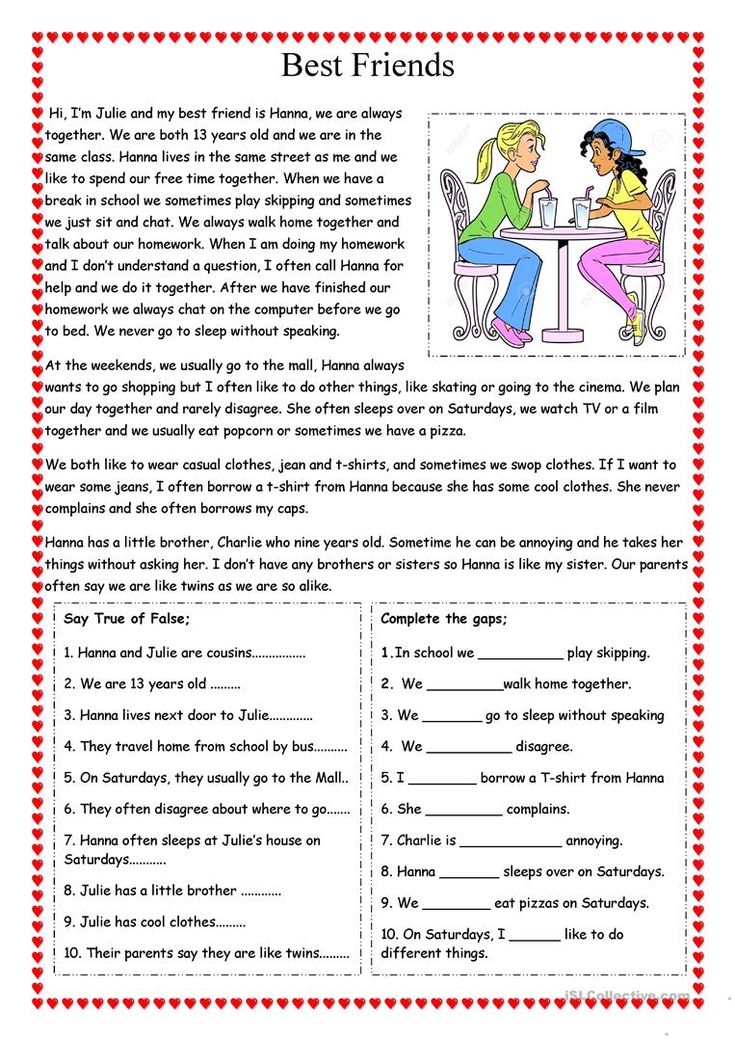 The way out is simple, but very effective: place stresses in words.
The way out is simple, but very effective: place stresses in words.
If he pays attention to stress, he will not be able to read by syllables.
Try it yourself: with an accent, you won't be able to say "koto-fairy", but you will say "cat".
Stick stickers or cards with accented words at home. On a table, a refrigerator, a mirror, a kettle, a book with your favorite character. Where the child will definitely see the inscription. Start with simple words of two syllables, and then move on to complex ones of four or five.
Word ladders
Another easy way to improve your reading speed is word ladders. A short flight of stairs is when the length of a phrase gradually increases. For example:
- cats
- cats watching
- cats look out the window
- cats look out the window at clouds
Ladder also helps to train breathing. The most tangible difficulty is that you need to invent ladders yourself.